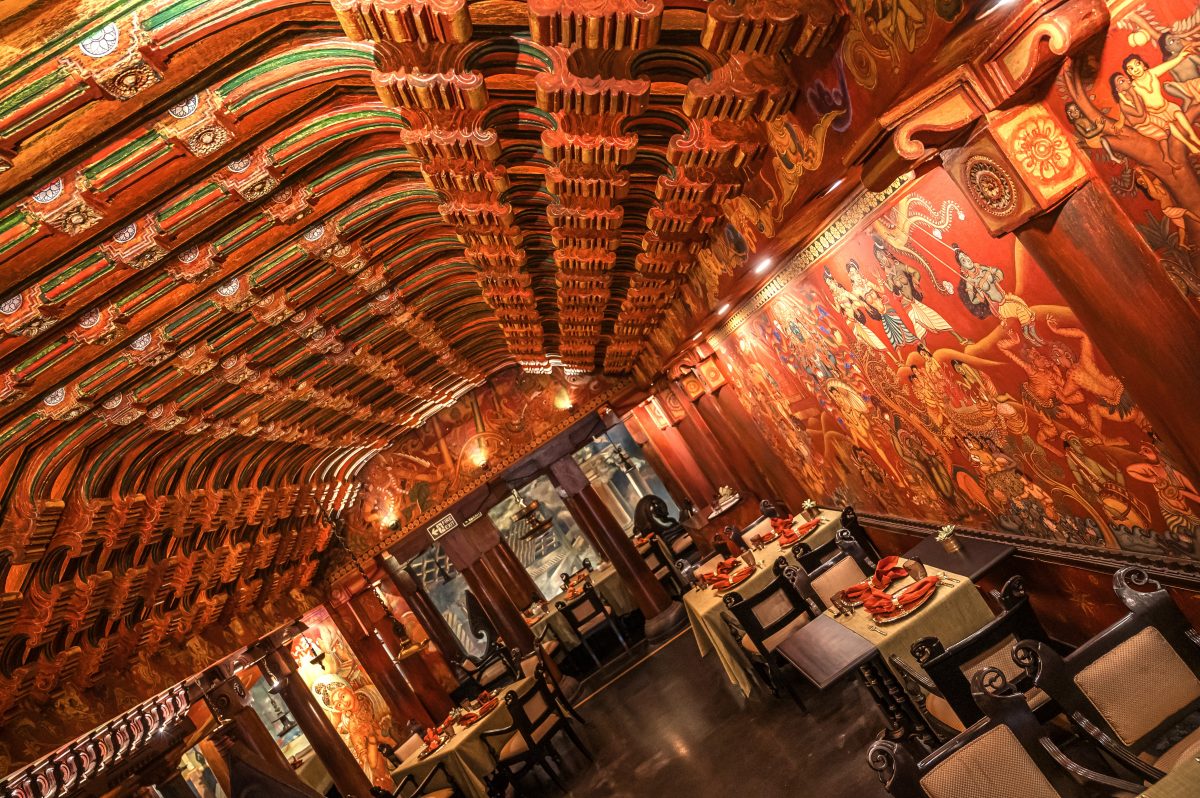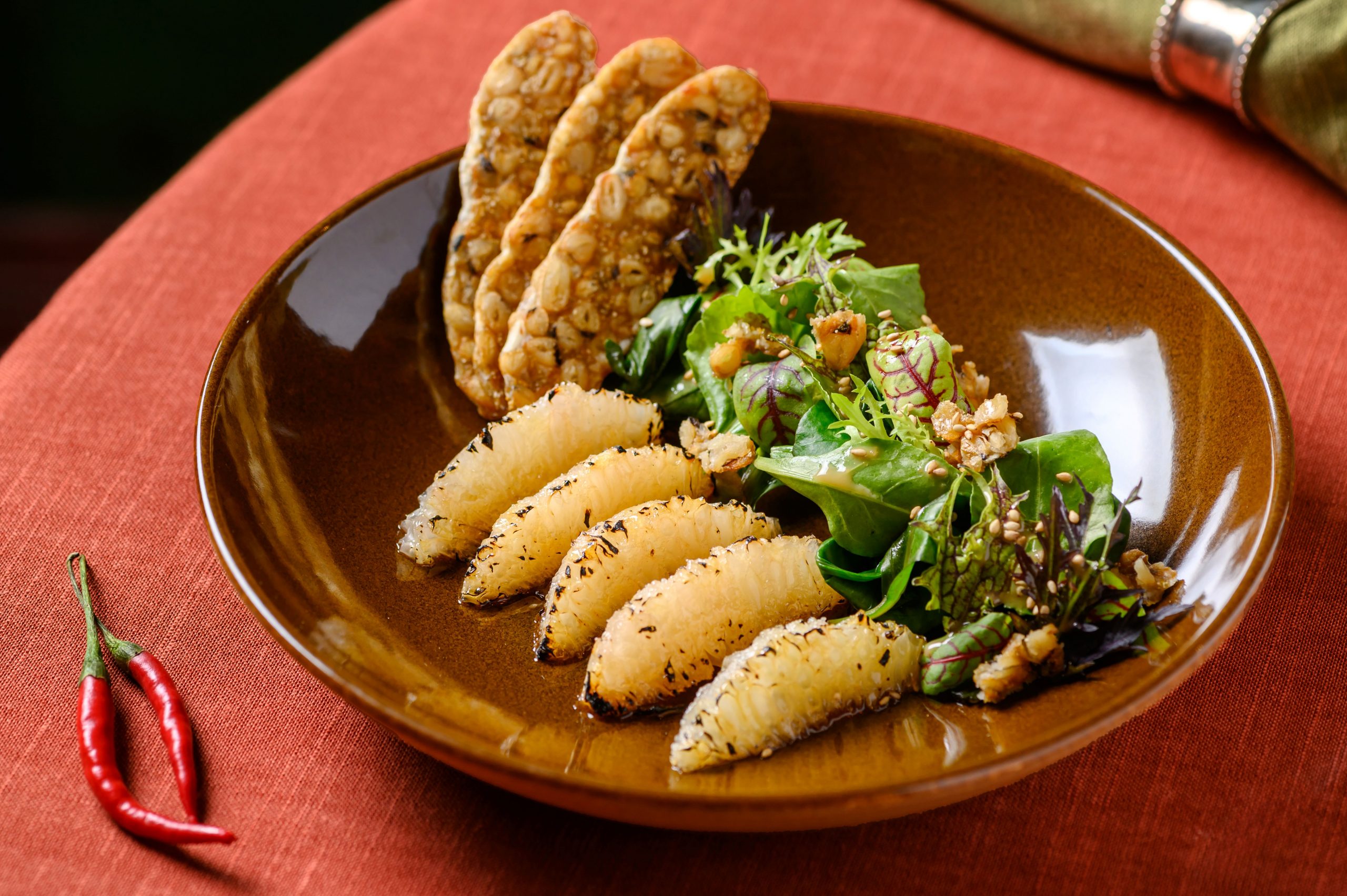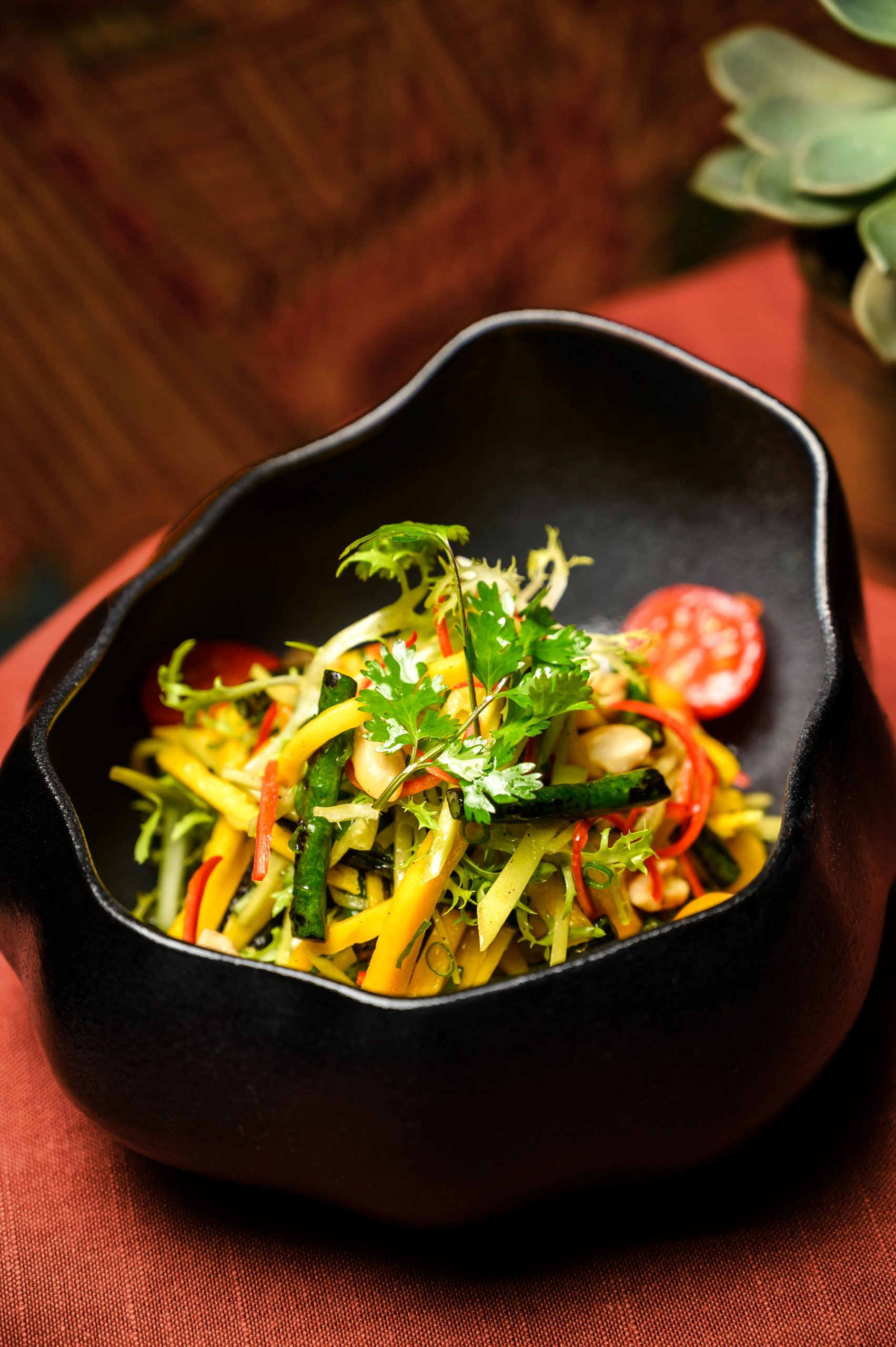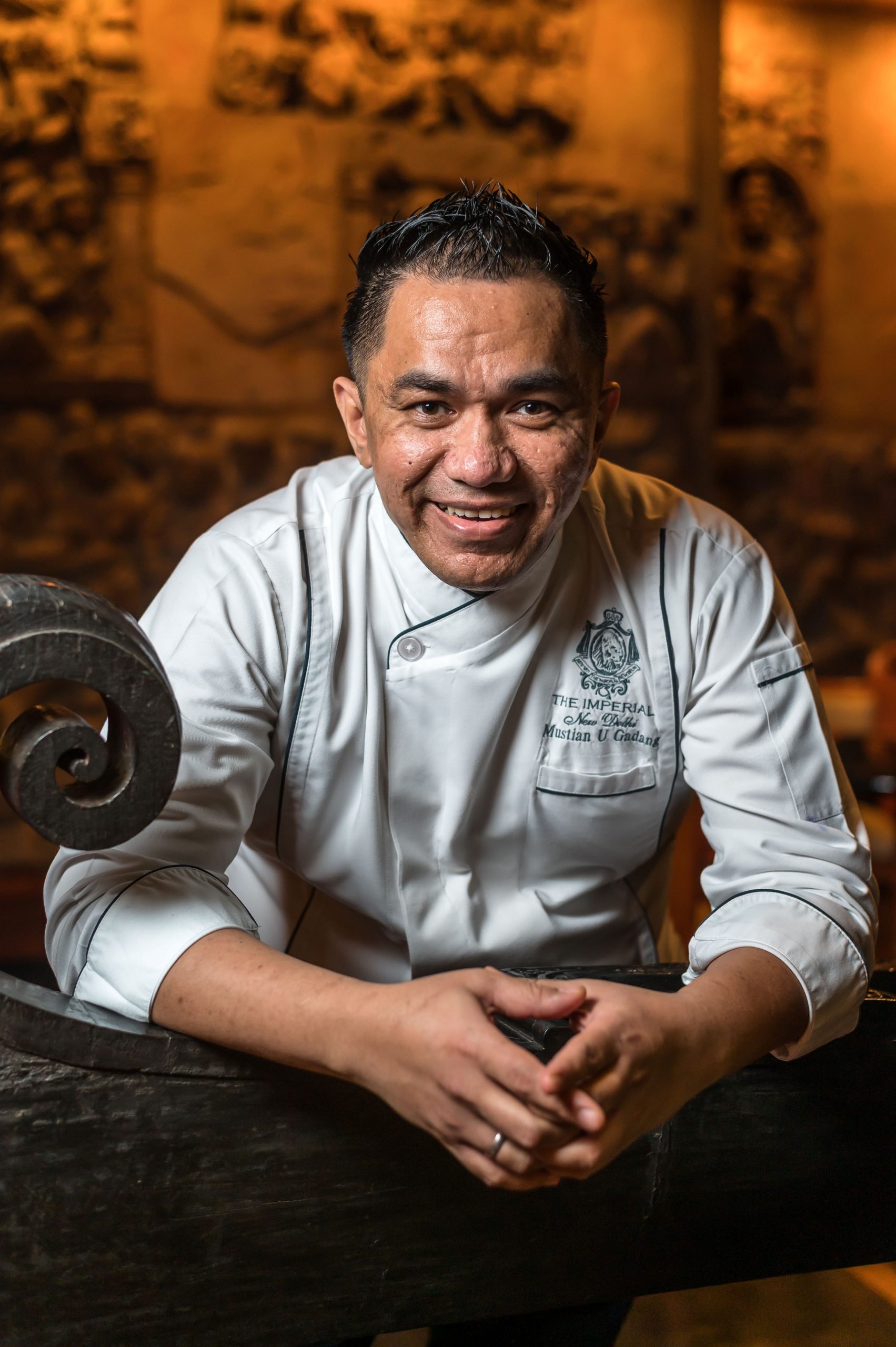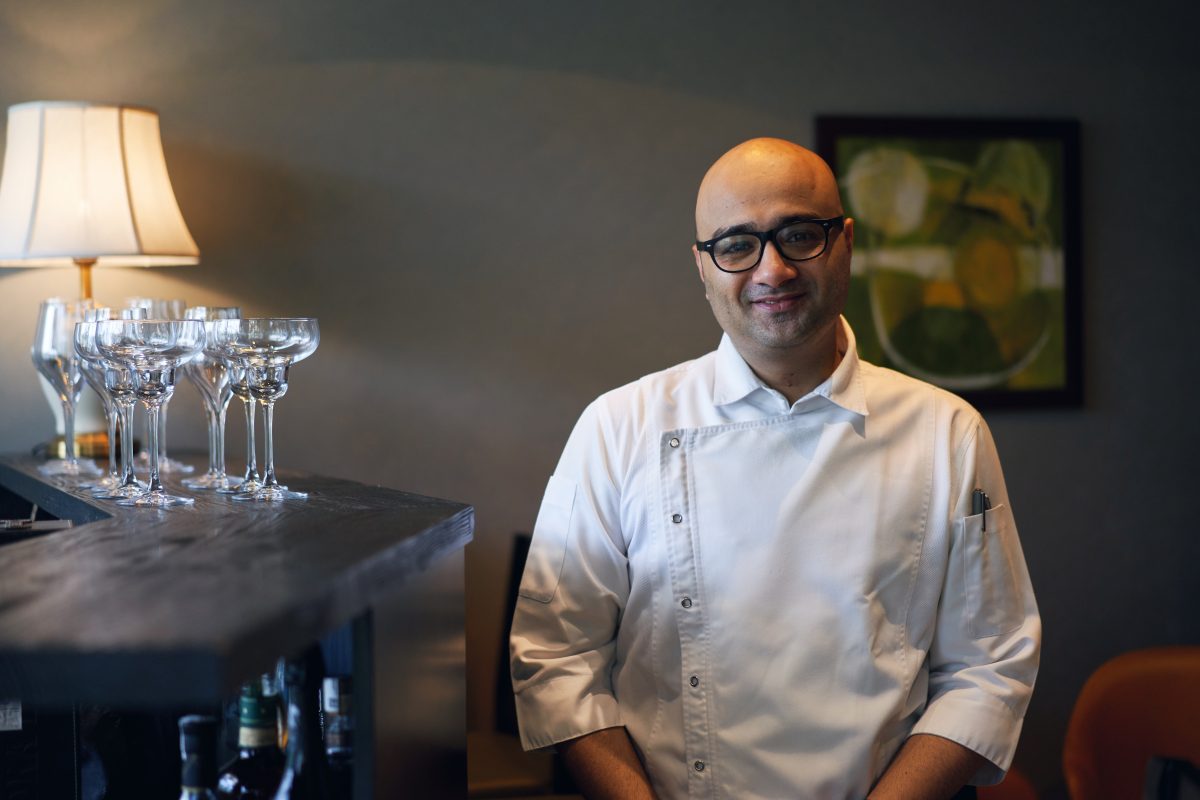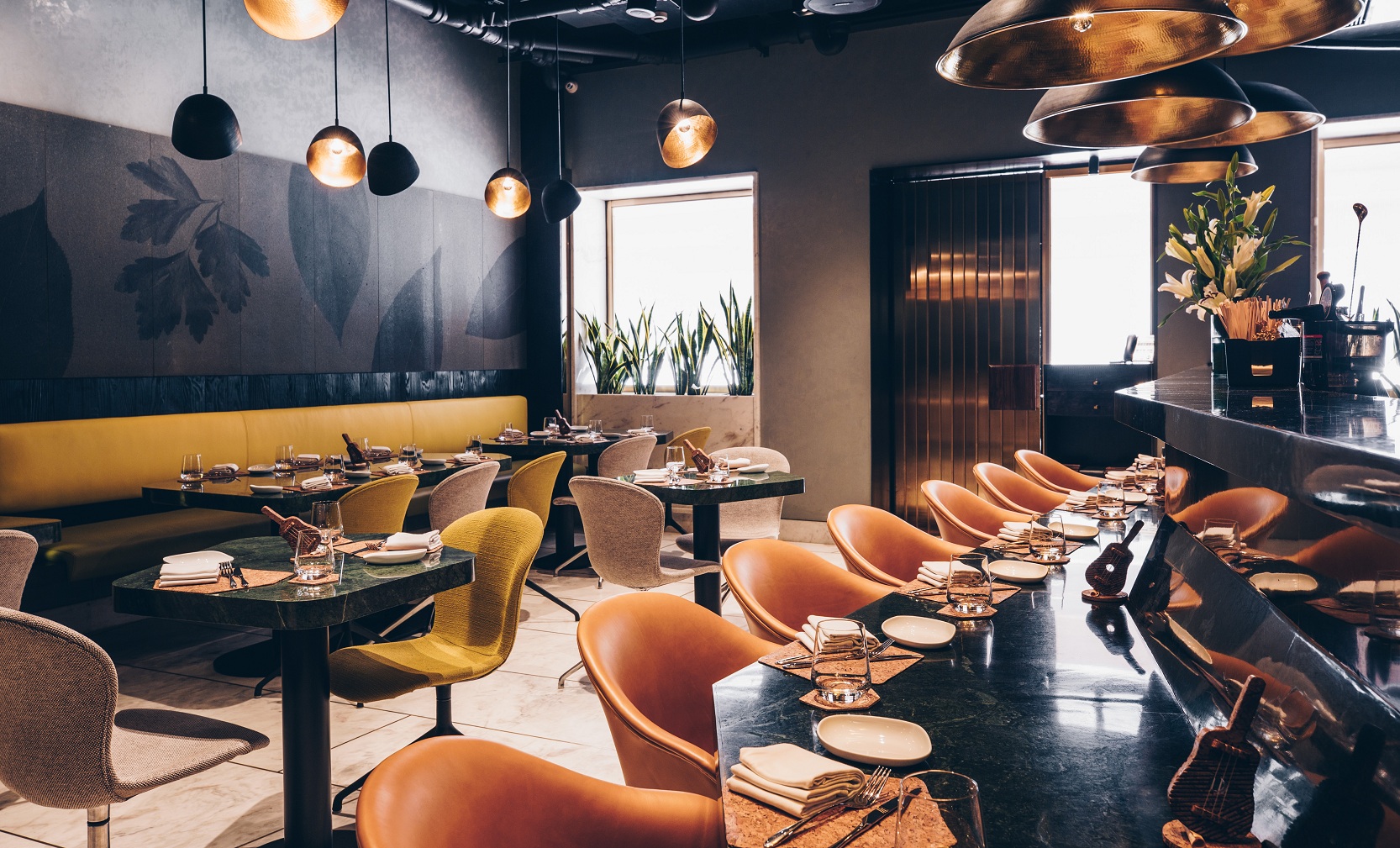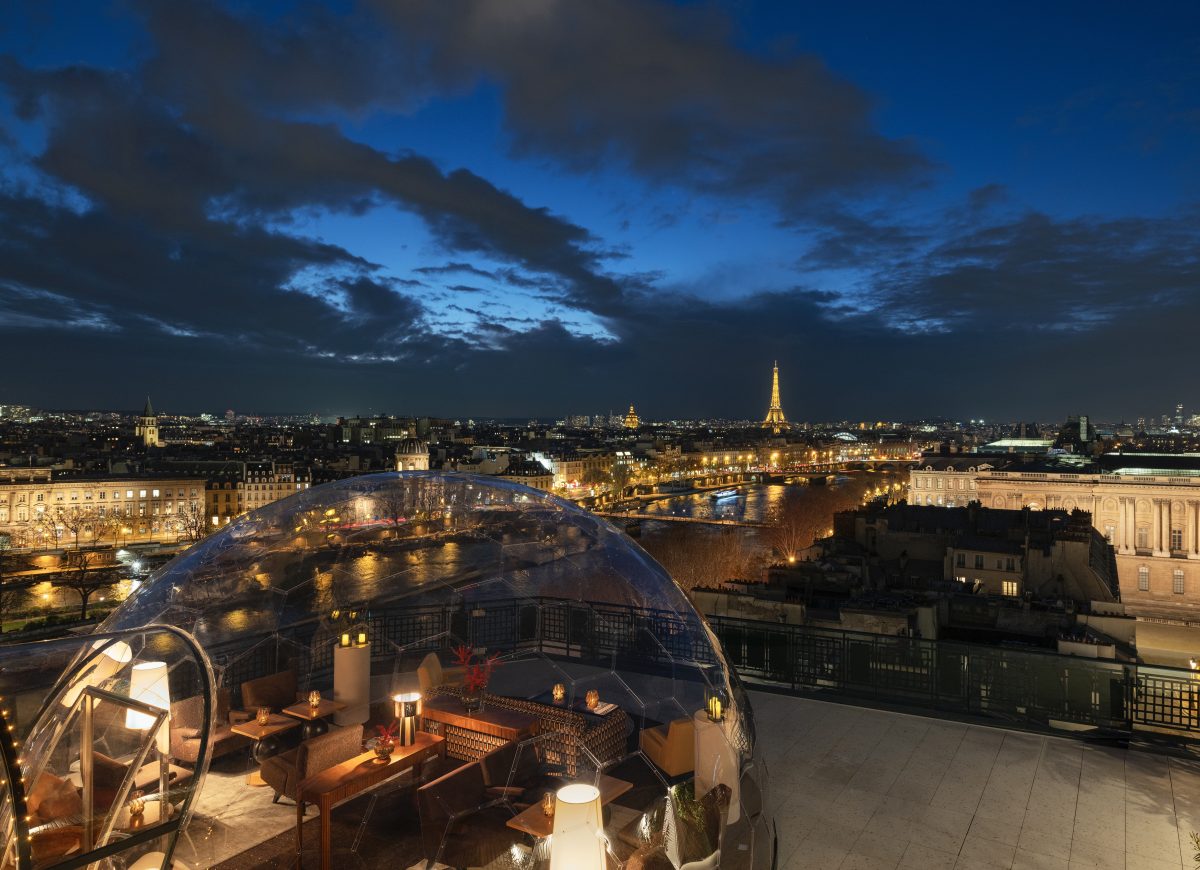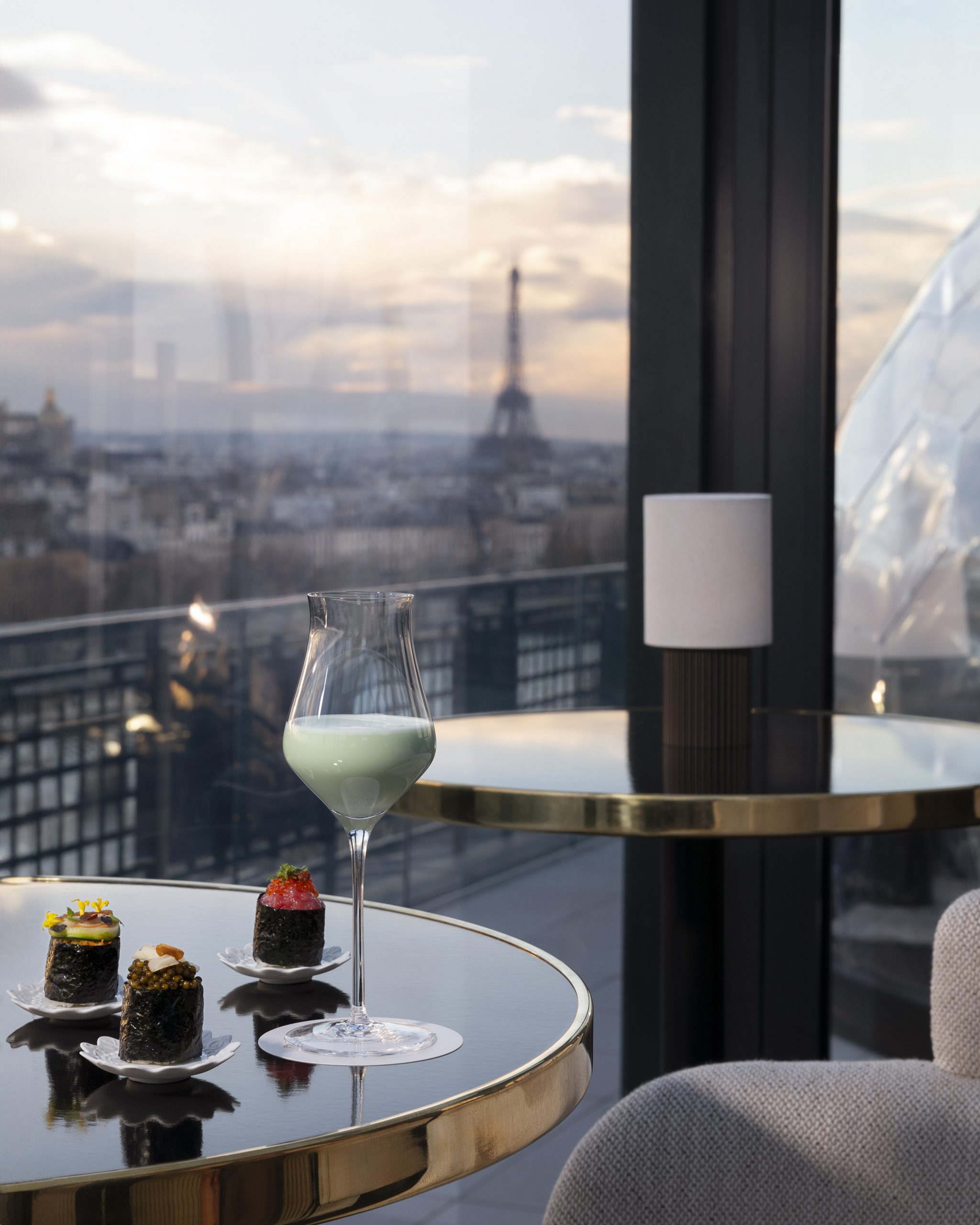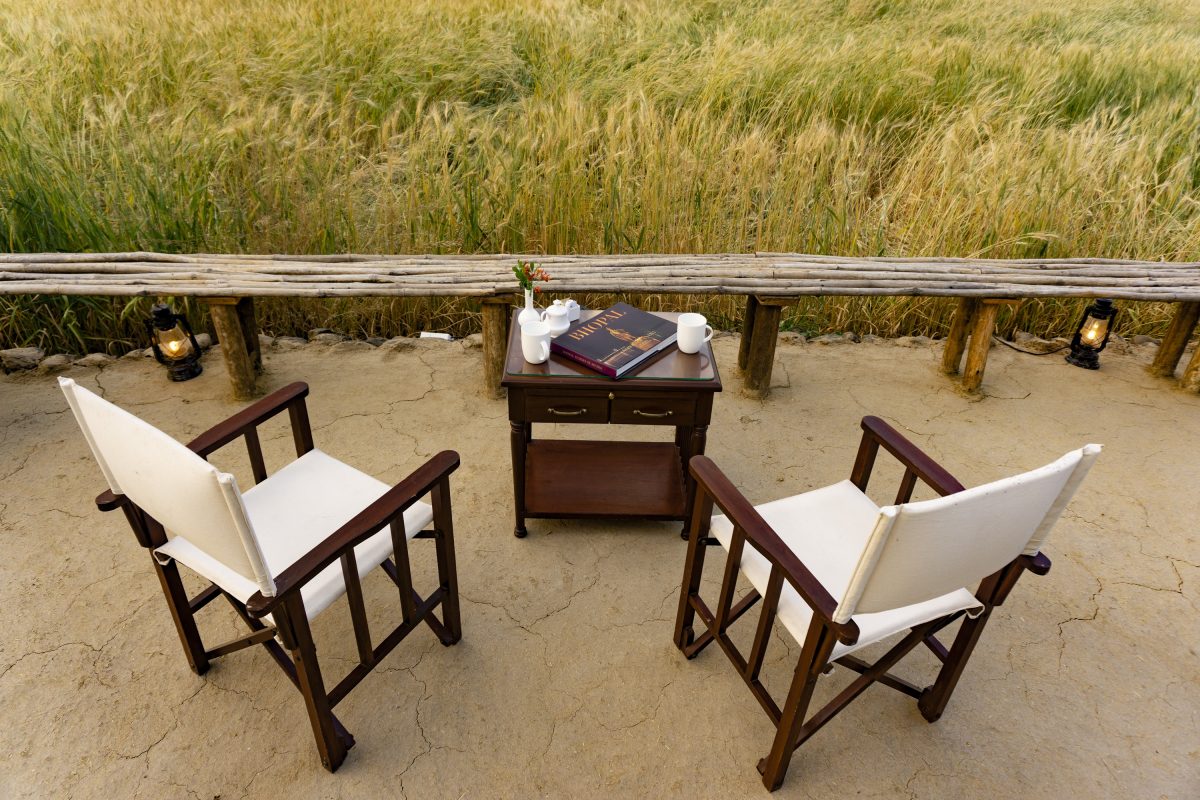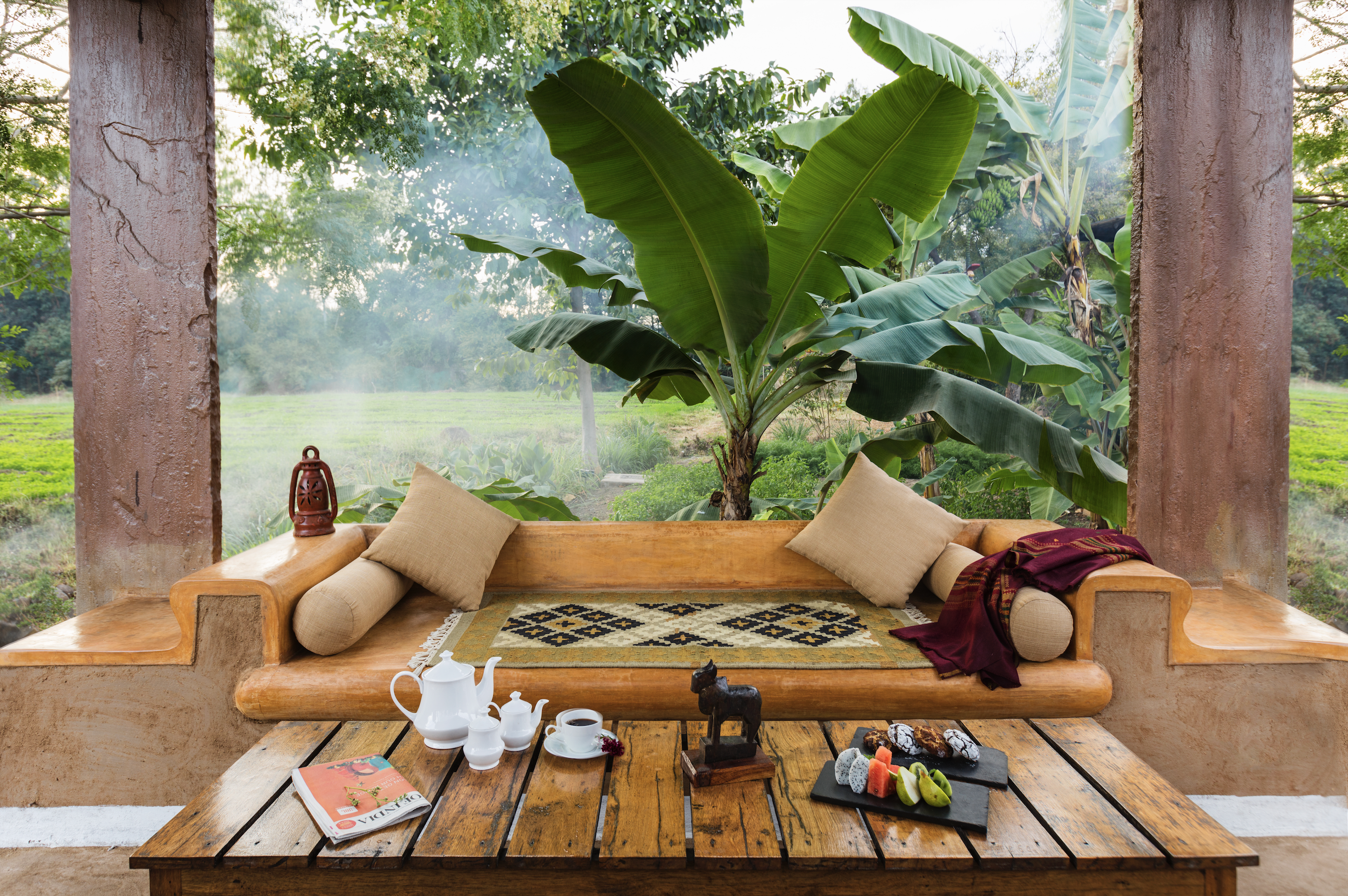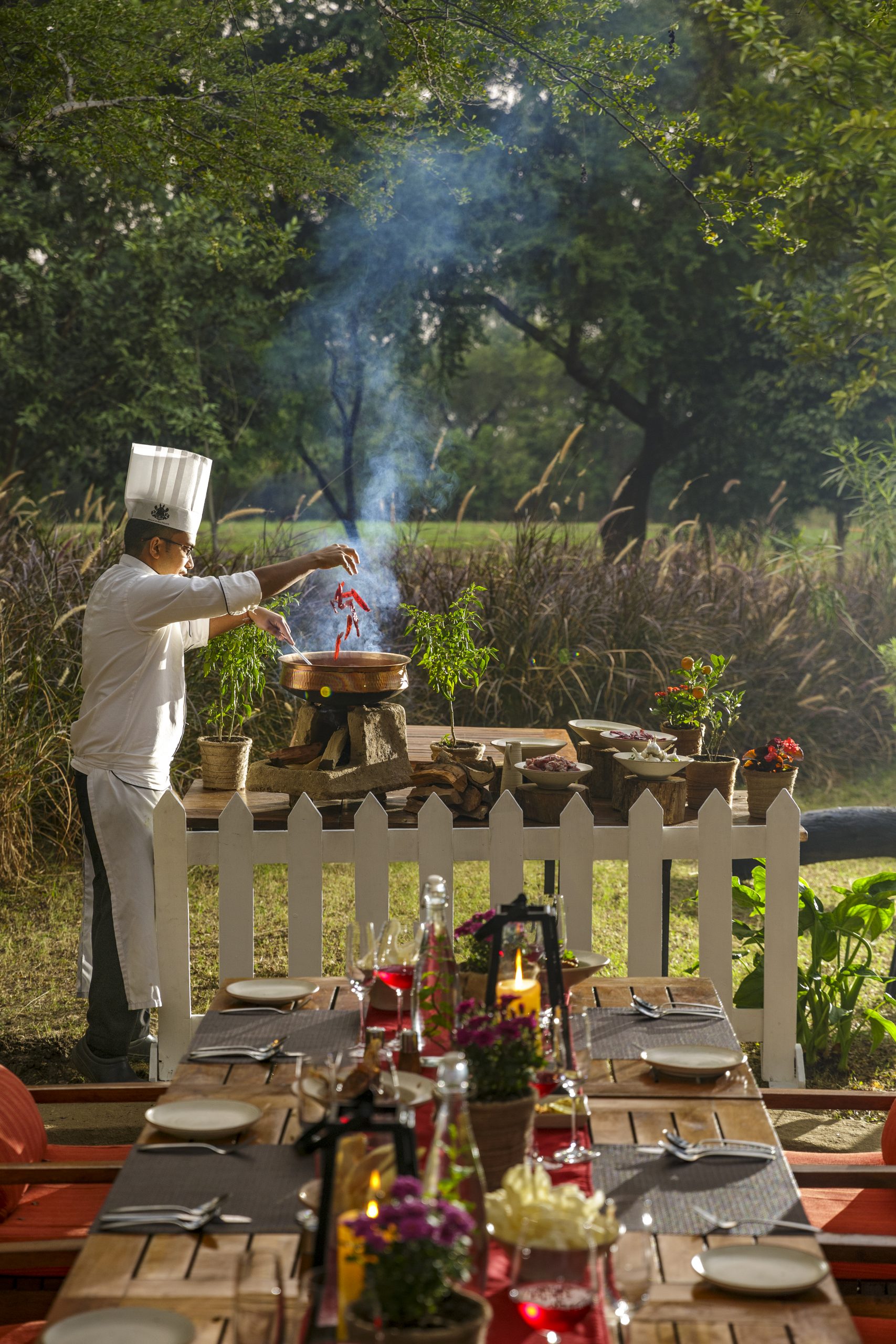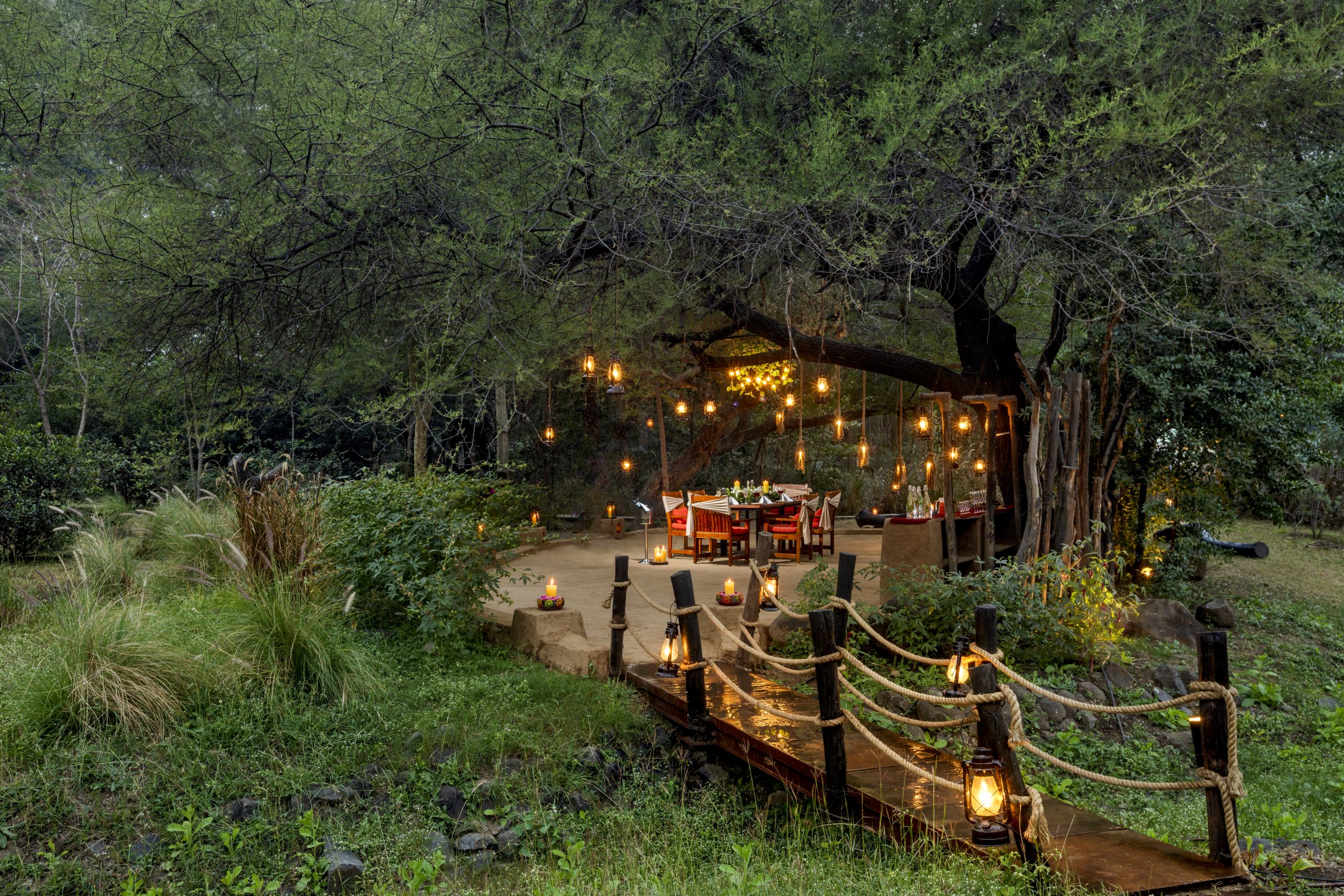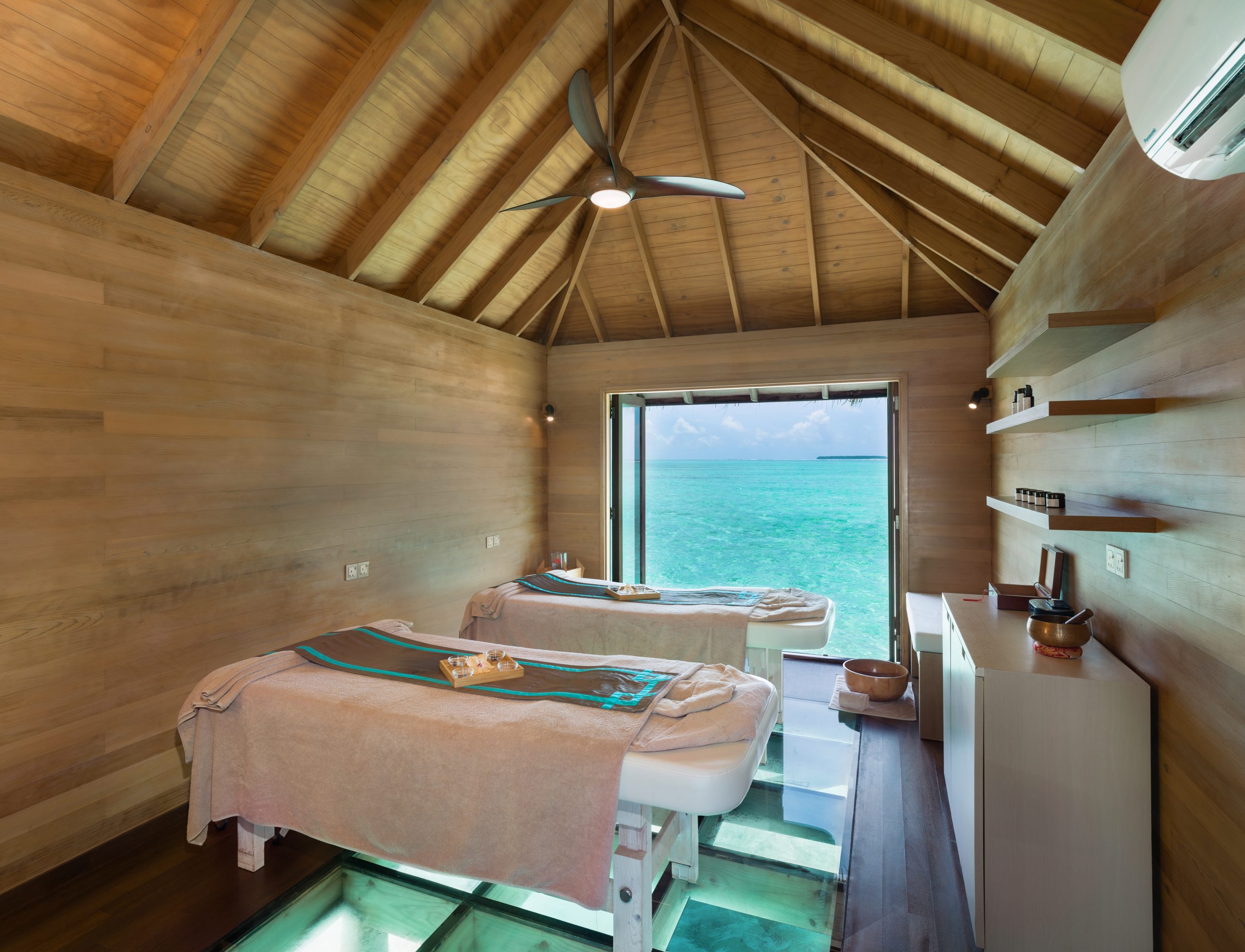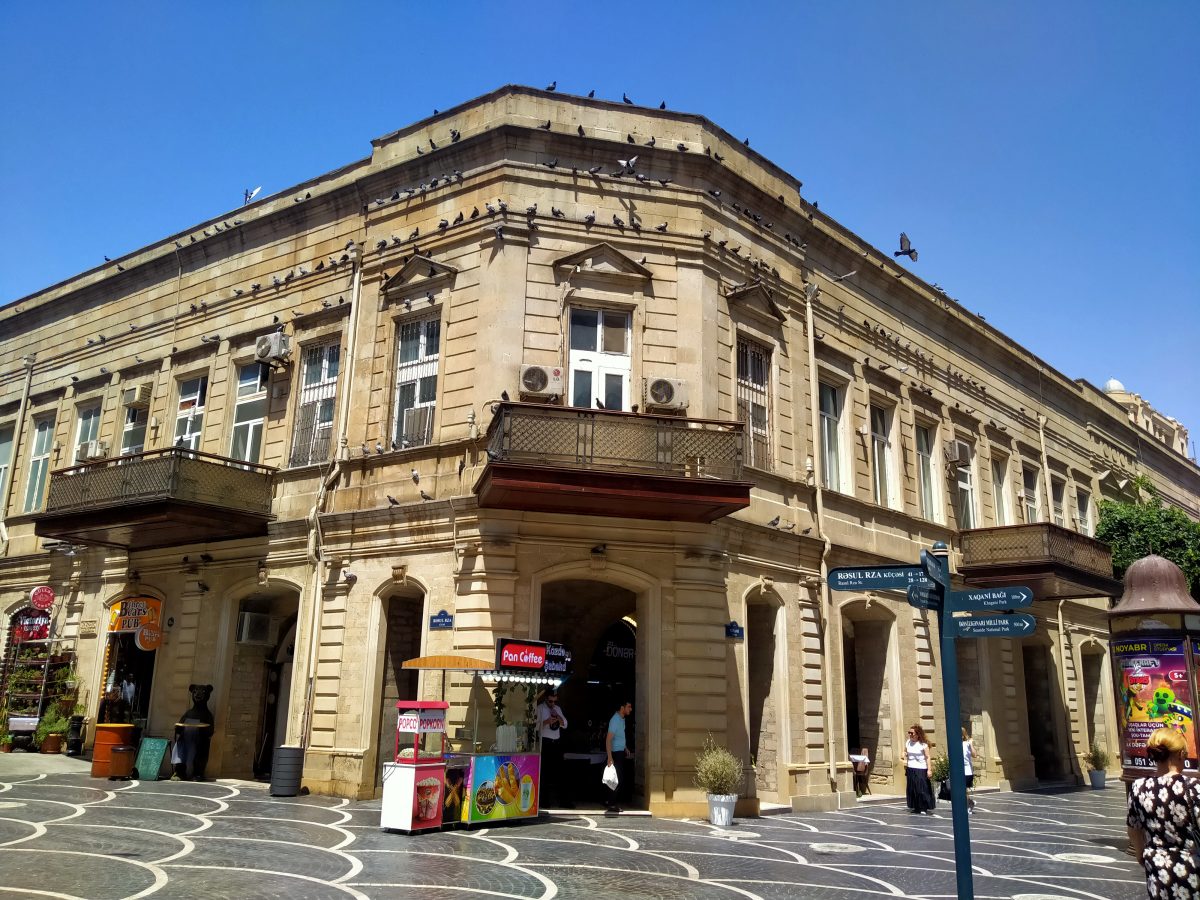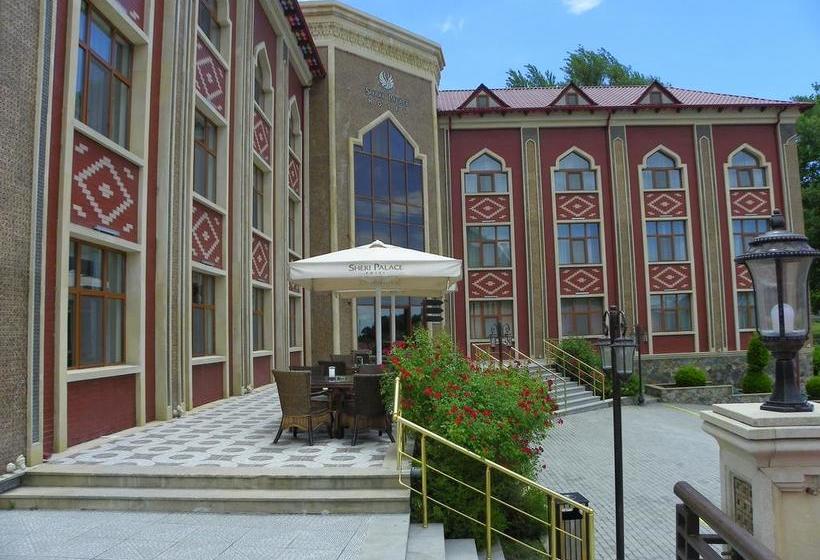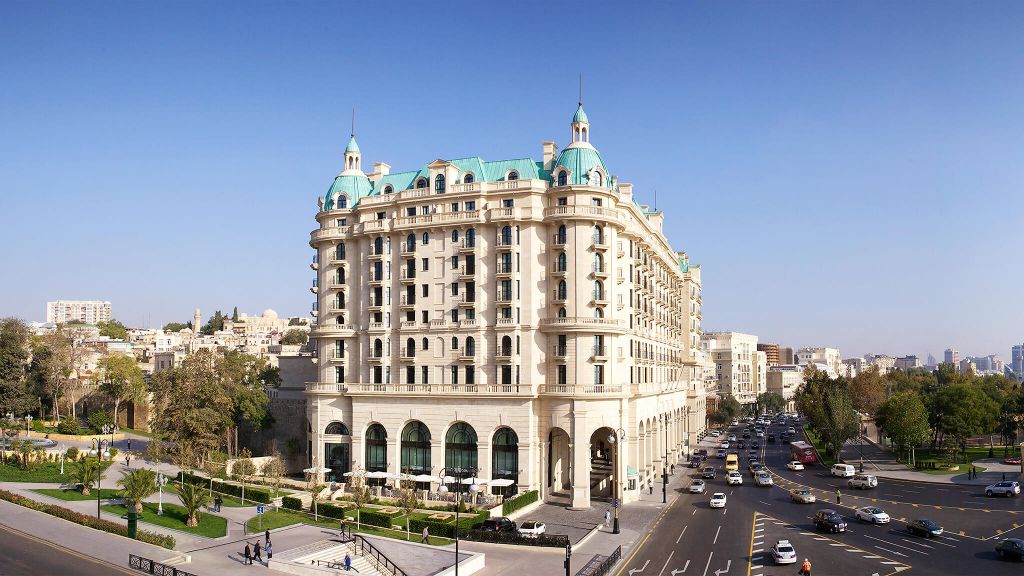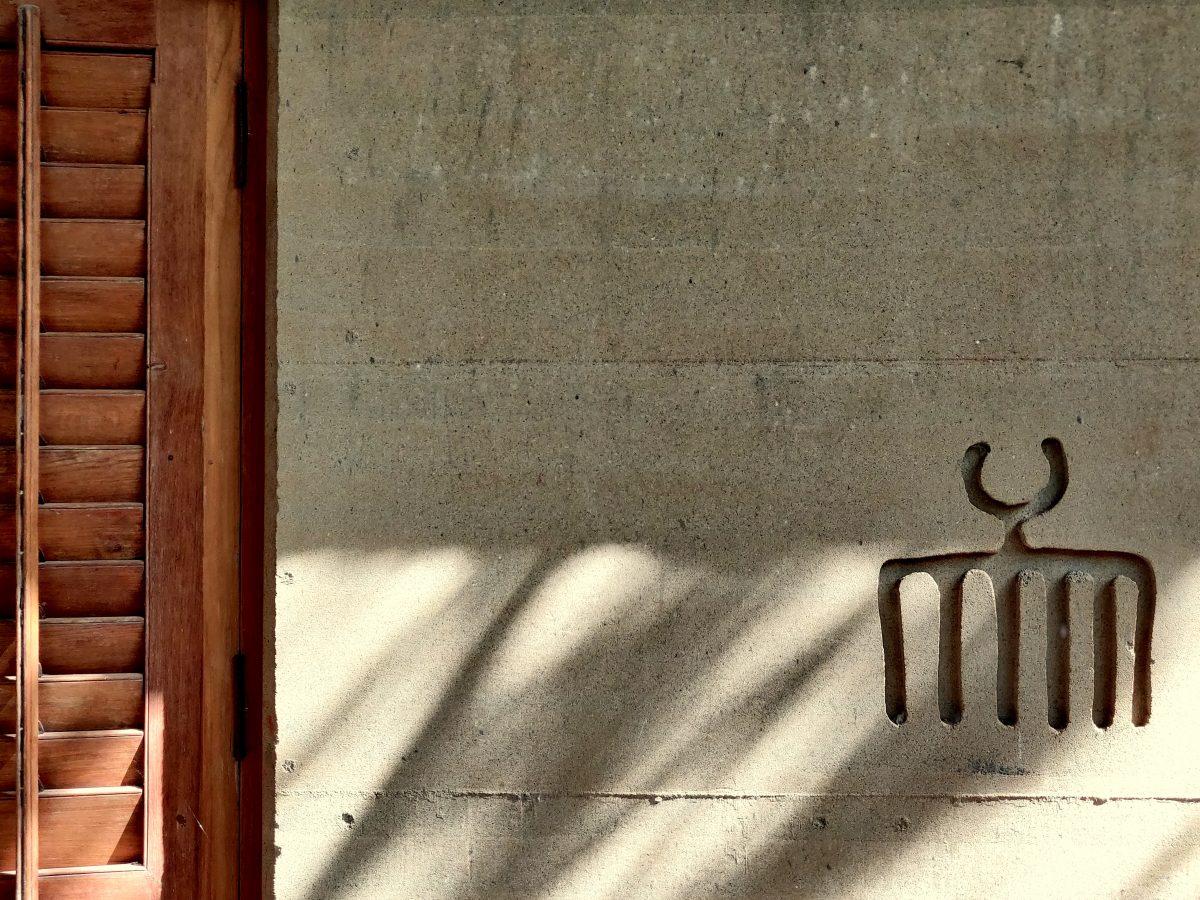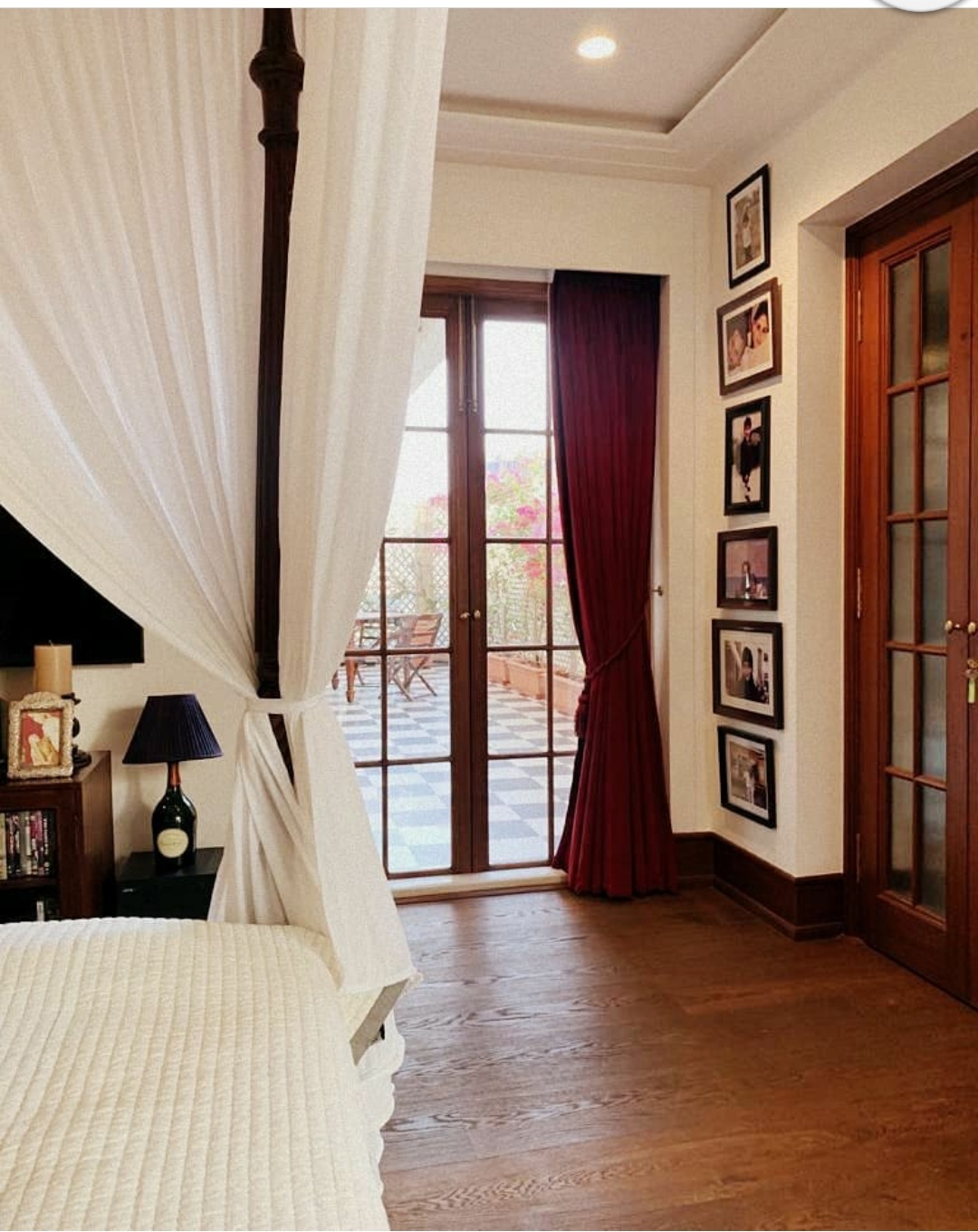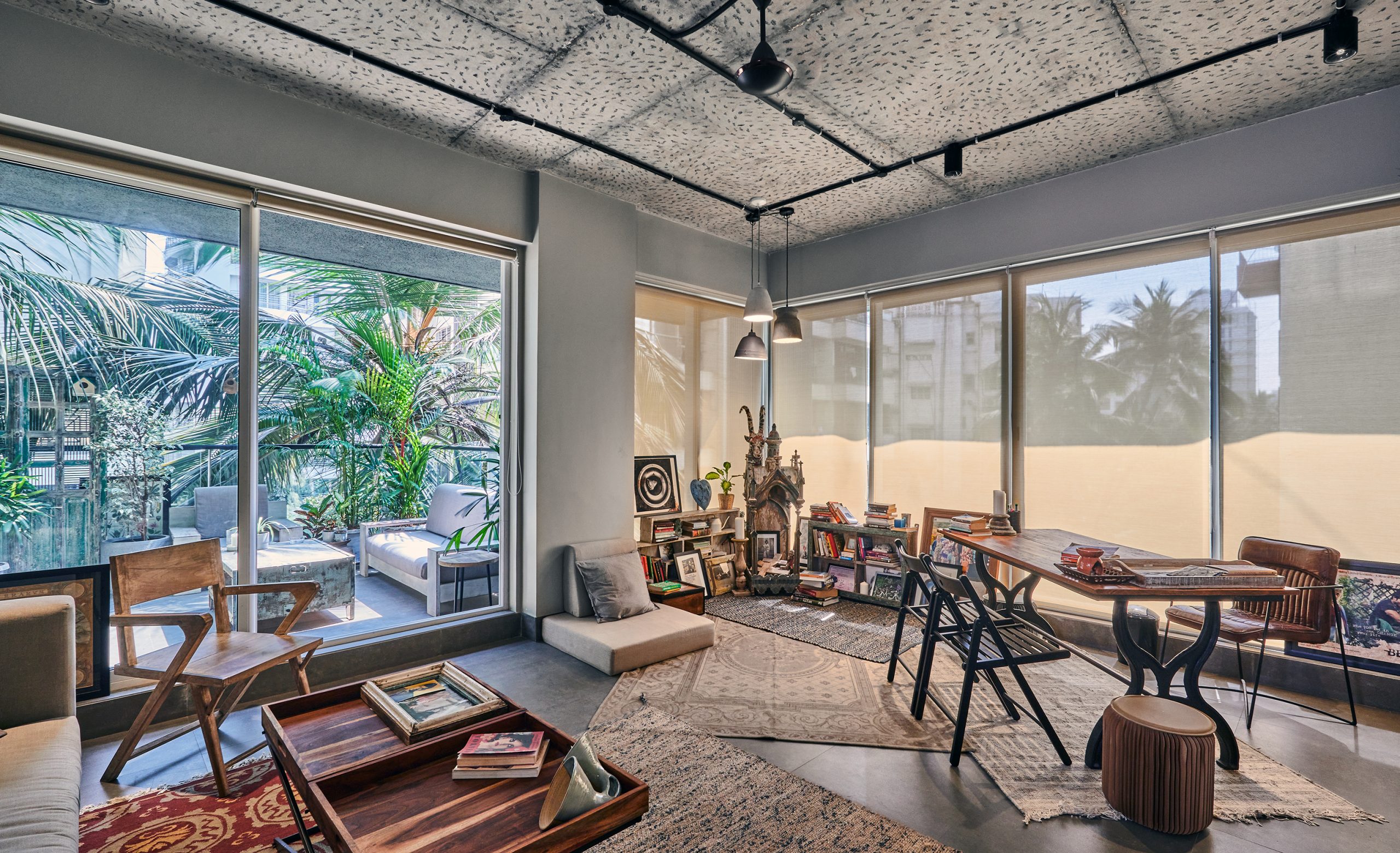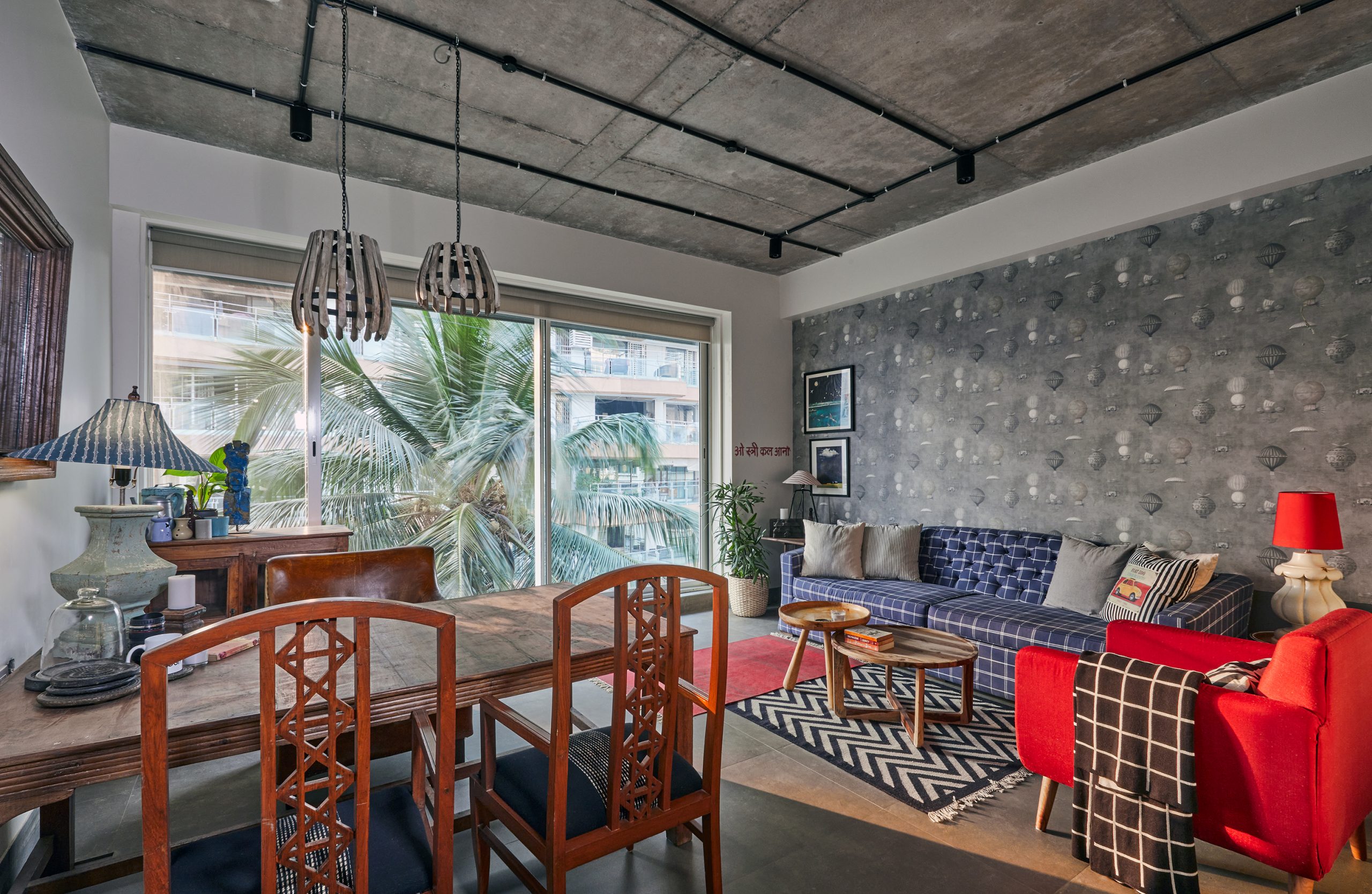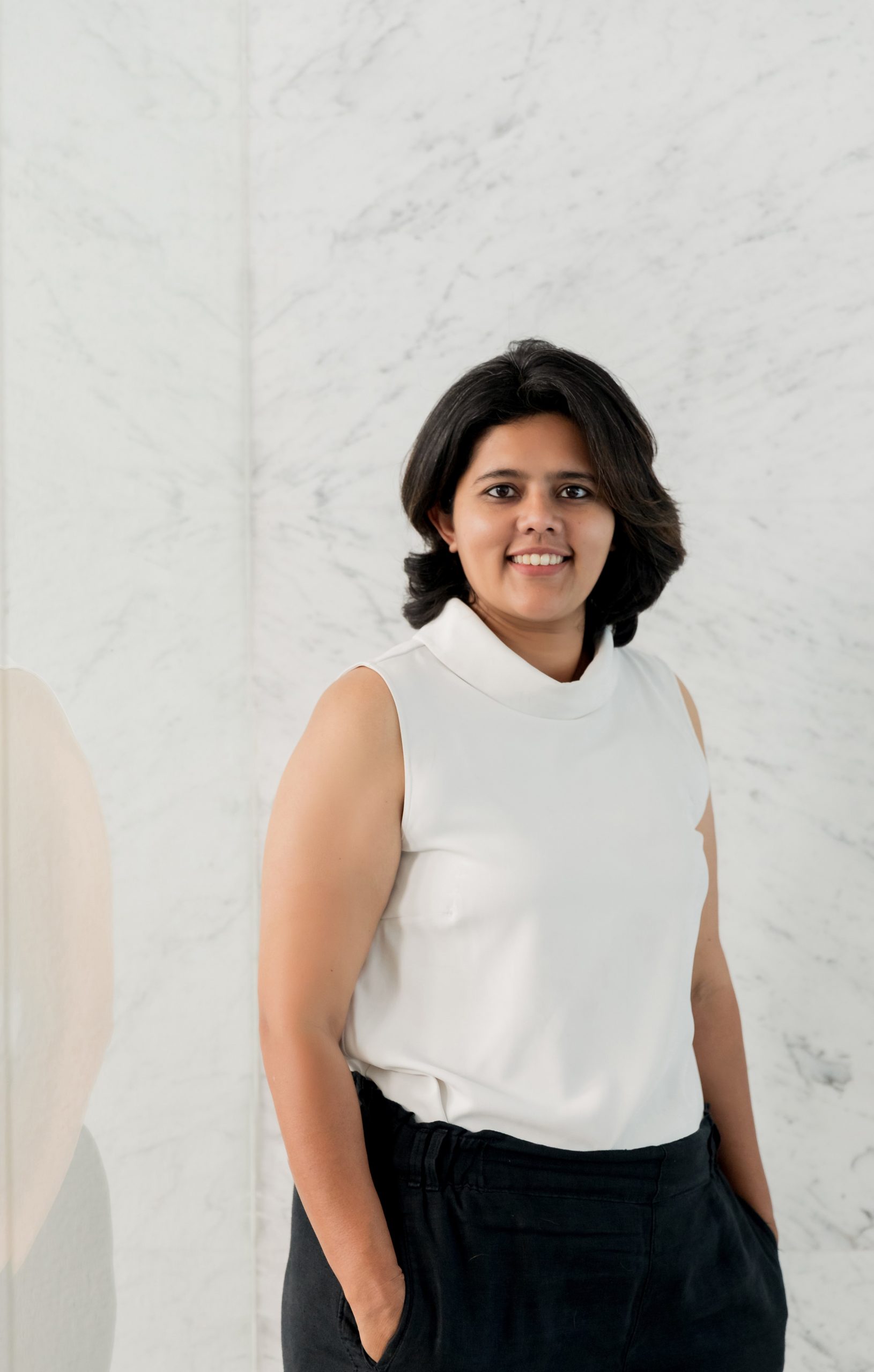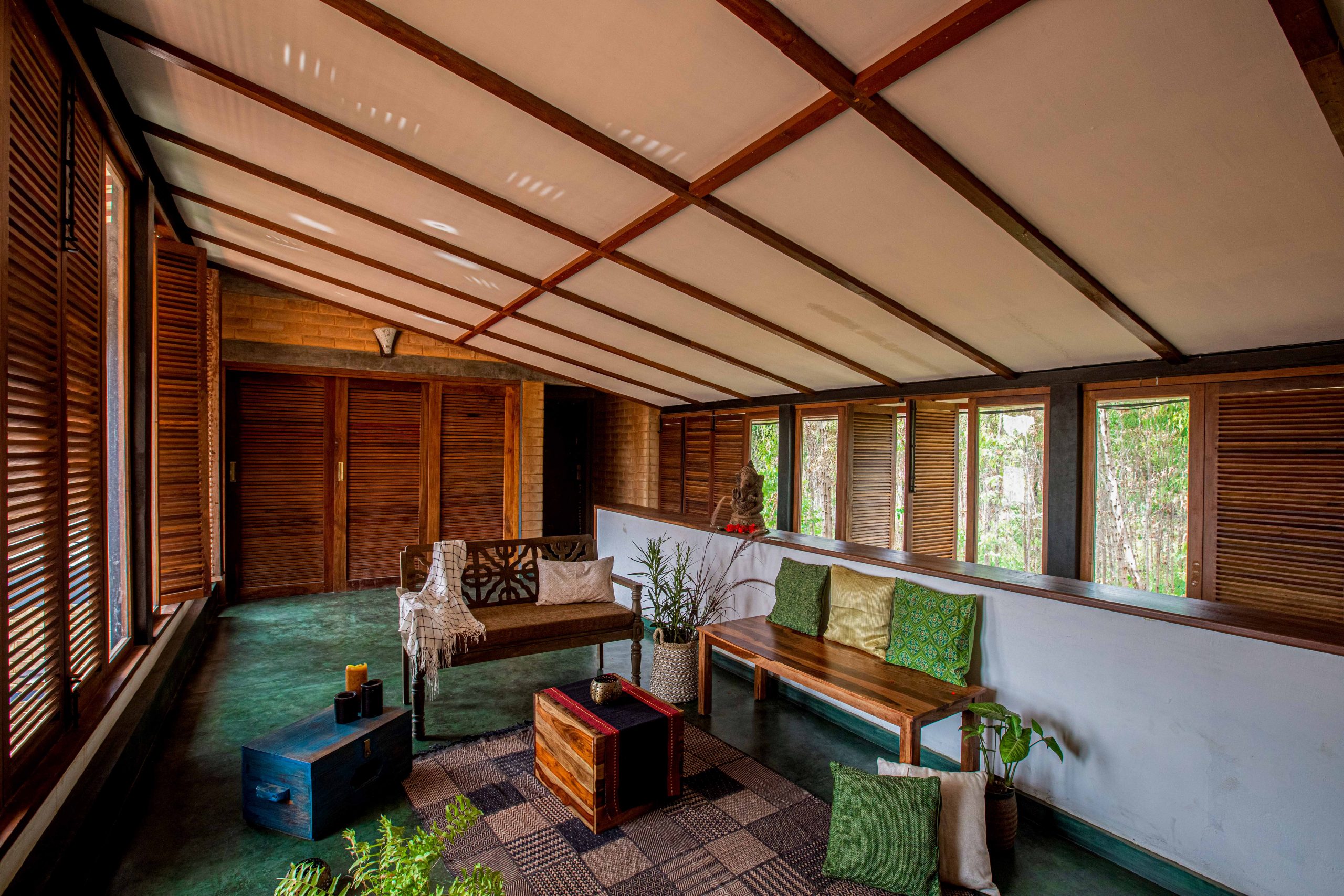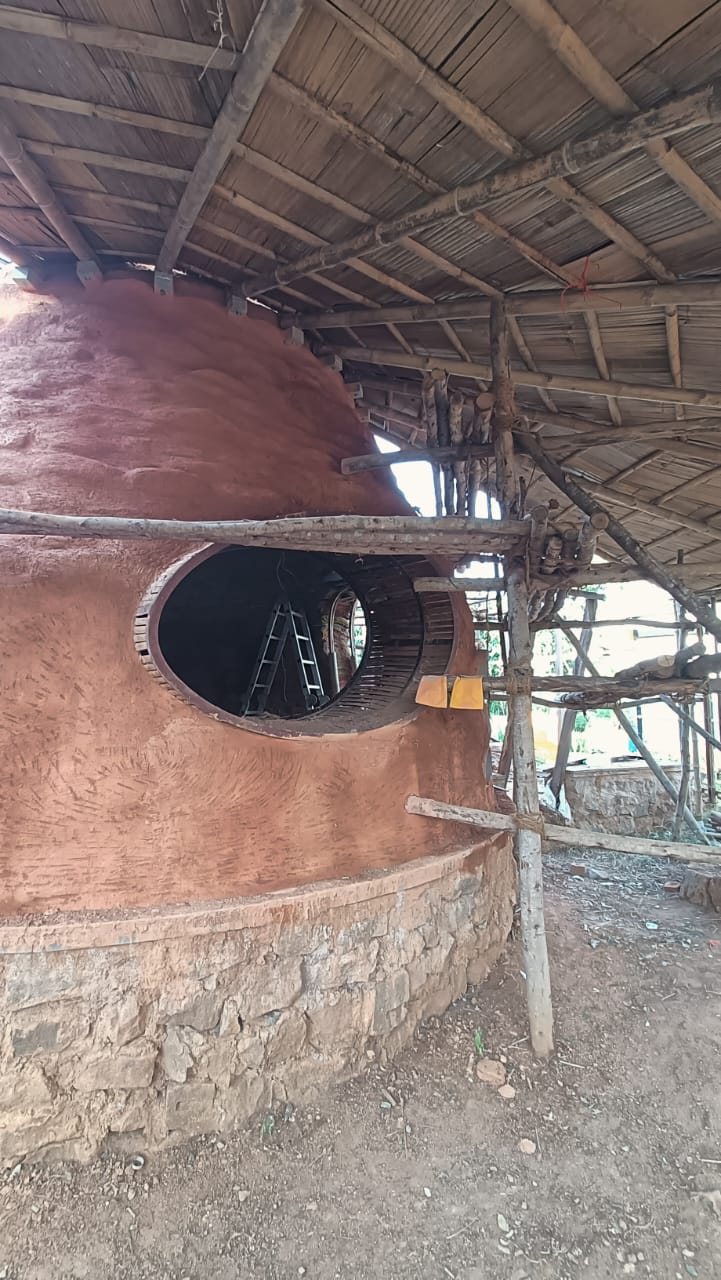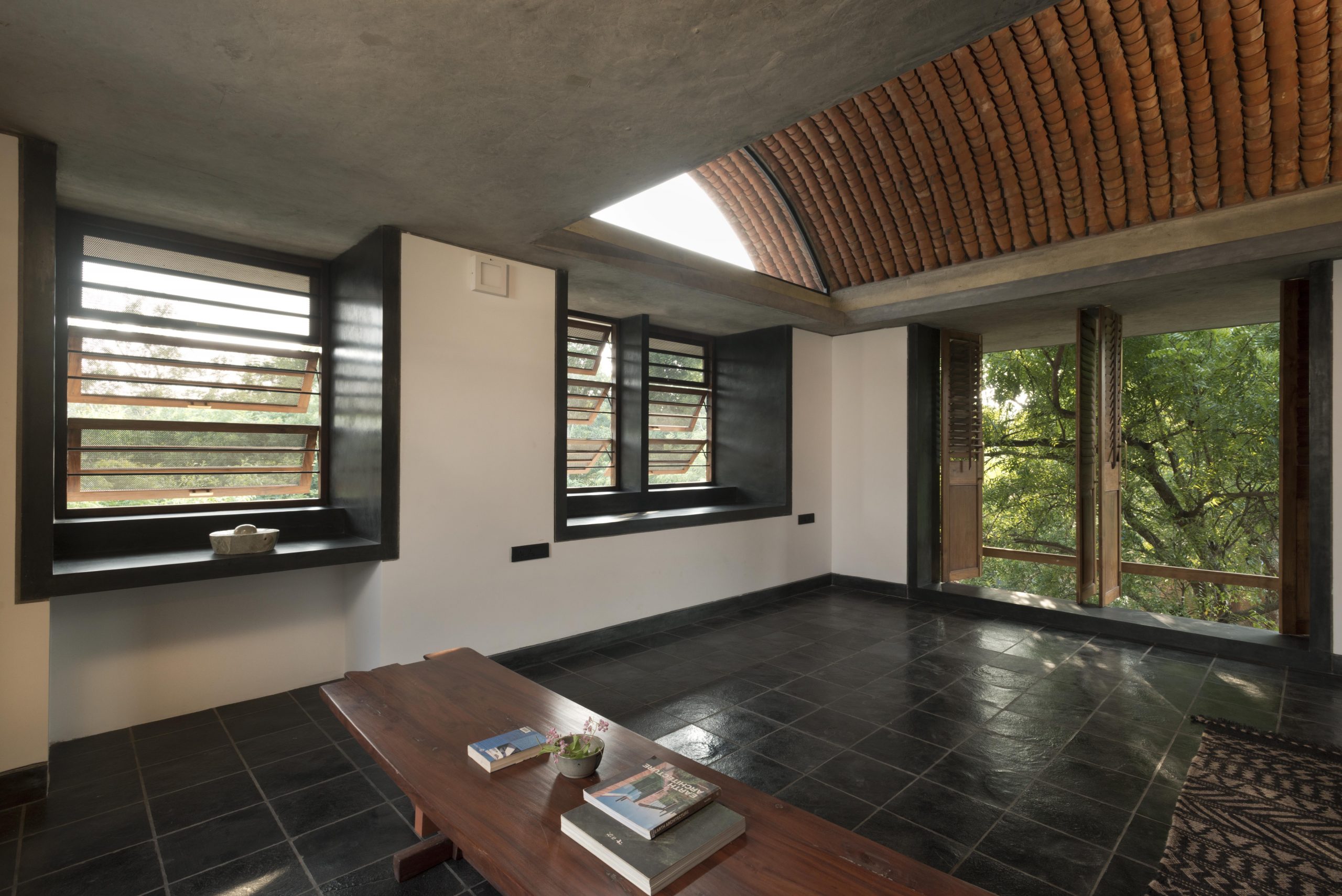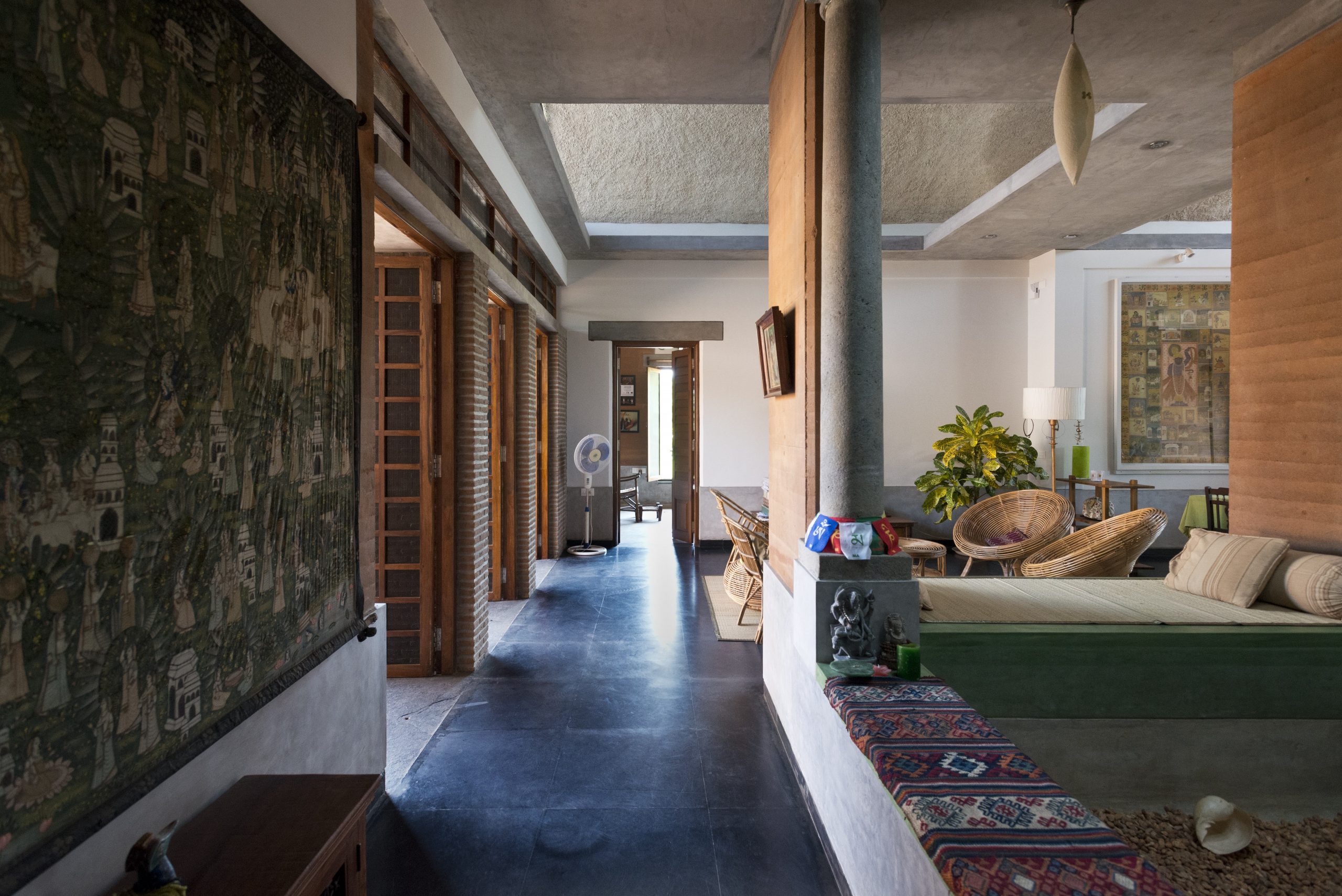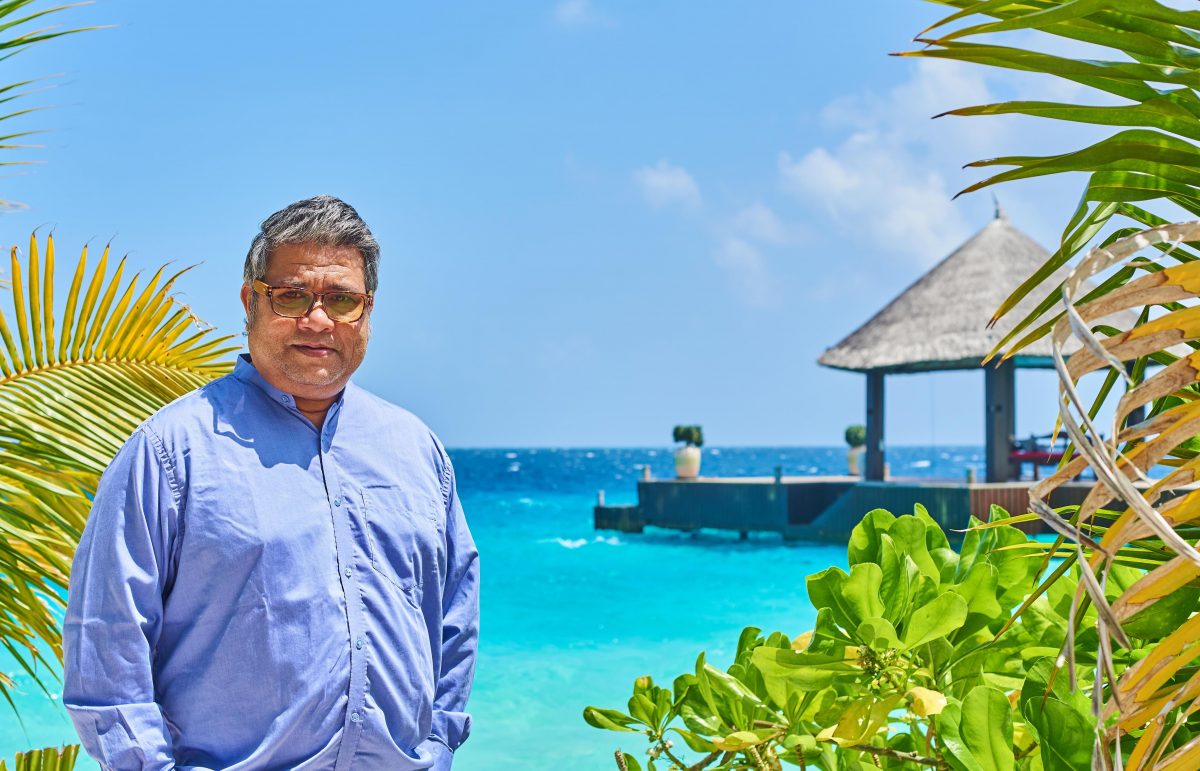Only eight women in the history of culinary world have been accorded with three Michelin stars. Ana Ros is one among them. And what makes her among the World’s best is her constant knack to innovate and evolve, freshness and micro-local seasonal ingredients, being the only things consistent in the approach.
“We don’t follow a set signature menu. The beauty of our cuisine is its ability to evolve with seasons,” says Ros, who follows sustainability as a key principle at her restaurant, Hisa Franko (which also holds a Michelin Green star) in a beautiful countryside, Kobarid of Slovenia.
Ros loves infusing spices into her cooking and has a great admiration for Indian food for the complex layers of flavors achieved from its spices. “Indian cuisine celebrates the legacy of a place and is super loyal to it, something I truly respect”.
The chef has now made her way to India in collaboration with Conosh where she did two special dinners at Taj Mahal, New Delhi and now two more lined up on February 23 and 24 at the Taj Palace Mumbai.
The Luxe Café caught up with Ros to find out about her journey as a self-taught chef, her inspiration, Slovenian food and more. Excerpts:
What inspired you to start your food journey?
My food journey began quite unexpectedly. As a young woman, I never pictured myself becoming a chef. My interests lay in sports, dancing, skiing – I even made it to the Yugoslavian skiing national team. My path took an unexpected turn after an injury and I went on to study diplomacy at the University of Trieste. Life, however, had its own recipe.
It was through a summer job at Hisa Franko, my then-boyfriend’s family restaurant, that I had my first hands-on experience in the kitchen. Although I never received formal culinary training, I was deeply inspired by the wonders my mother and grandmother created in the kitchen. Their aristocratic, elegant home cooking left an indelible mark. I wanted to recreate that joy for my own children and share it with the world.
“I draw inspiration from the ever-changing seasons, the vibrant hues of fresh produce, and the endless possibilities they offer.”
My culinary journey is fueled by my inherent curiosity and creative nature. It constantly drives me to innovate and push the boundaries of traditional cooking. I draw inspiration from the ever-changing seasons, the vibrant hues of fresh produce, and the endless possibilities they offer. This collaboration with the team of Taj Mahal New Delhi, led by the brilliant Chef Arun Sundararaj, has been a fantastic collaboration. Exploring markets together with Taj Mahal Chefs and team Conosh, exchanging ideas, learning about ingredients has further pushed by creative boundaries.
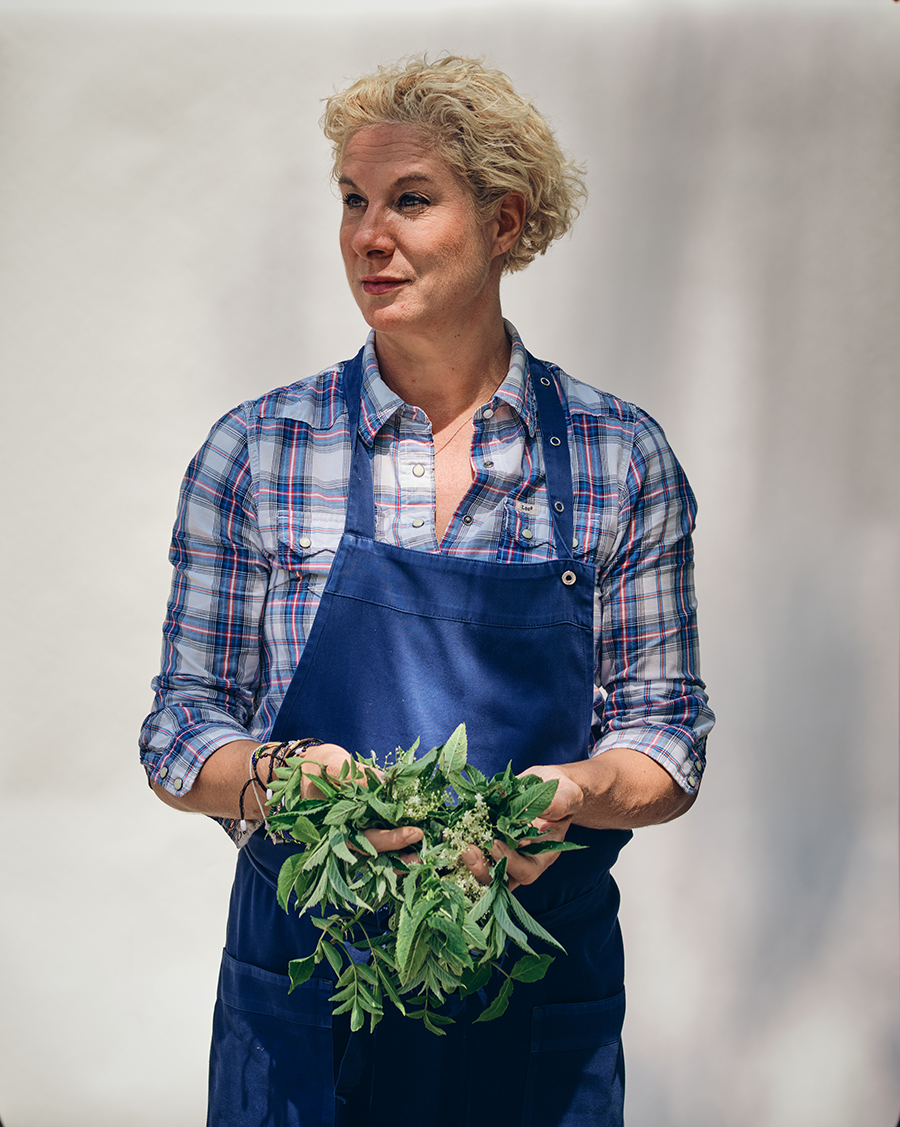
How has your journey as a chef been so far?
My journey as a chef has been a wild ride – a delicious, creative whirlwind! It has pushed me to explore new frontiers of flavor and constantly innovate. Juggling multiple projects keeps me energised and constantly learning. My days are like a multi-course tasting menu – packed with flavor, variety, and a touch of unexpected surprise! Challenges, of course, are inevitable, but they’ve only fueled my growth, both personally and as a team.
One of the greatest rewards is seeing Slovenia on the culinary map, sharing its unique flavors and stories with the world. I love the excitement of collaborating with other talented chefs and bringing a taste of Slovenia to new places, just like we’re bringing it here at Taj Mahal New Delhi and Taj Mahal Palace Mumbai with Conosh.
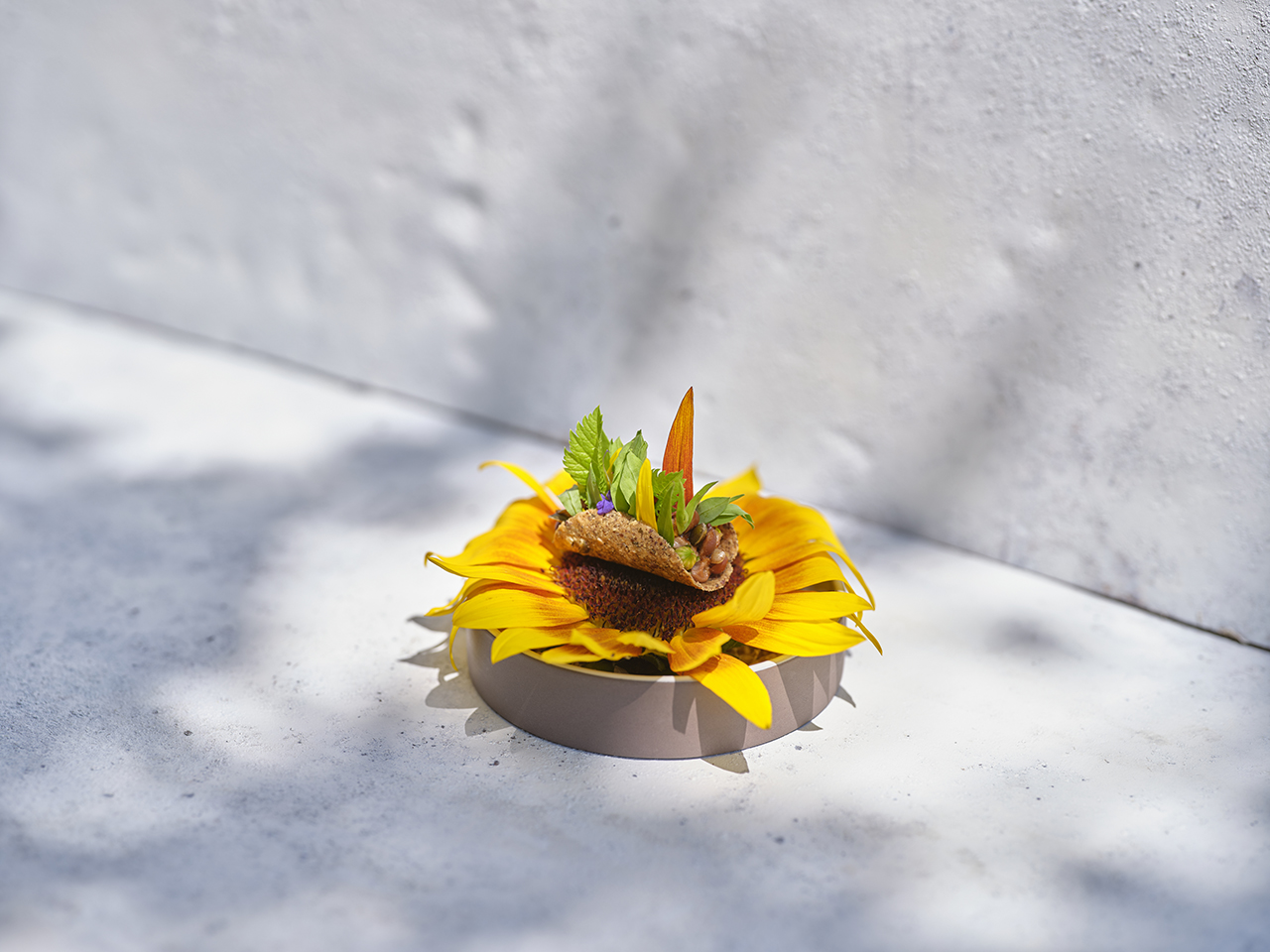
Did things change for you after Hisa Franko won 2 Michelin stars in 2020?
Yes, things did change for us. Slovenia had the longest lockdown in Europe for restaurant business.
After the lockdown, we always thought who would come to us as 95 per cent of our guests were international. But when we got 2 Michelin stars, people started visiting us again, bringing back guests from Slovenia, Hungary and Croatia.
“People are looking for authentic experiences, and Slovenian cuisine, with its emphasis on freshness and locally-sourced ingredients, resonates deeply.”
Tell us about Slovenian cuisine and its main challenges?
Slovenia is a small country and its location plays a unique role. We’re nestled between diverse culinary influences and the dependence on borders extends to ingredients. Spices, for instance, have to be sourced, adding a layer of planning to our dishes. Weather and natural conditions can also make sourcing of ingredients from nearby forests challenging.
However, these limitations are just what makes Slovenian cuisine so special. We’ve learned to be incredibly resourceful. Our restaurant Hisa Franko is rooted in the traditions of the Soča Valley – harsh, remote, but breathtakingly beautiful. We celebrate unique flavors each season brings and our cuisine sources from what nature has to offer. The increasing number of local guests at Hisa Franko is a testament to this approach. People are looking for authentic experiences, and Slovenian cuisine, with its emphasis on freshness and locally-sourced ingredients, resonates deeply.
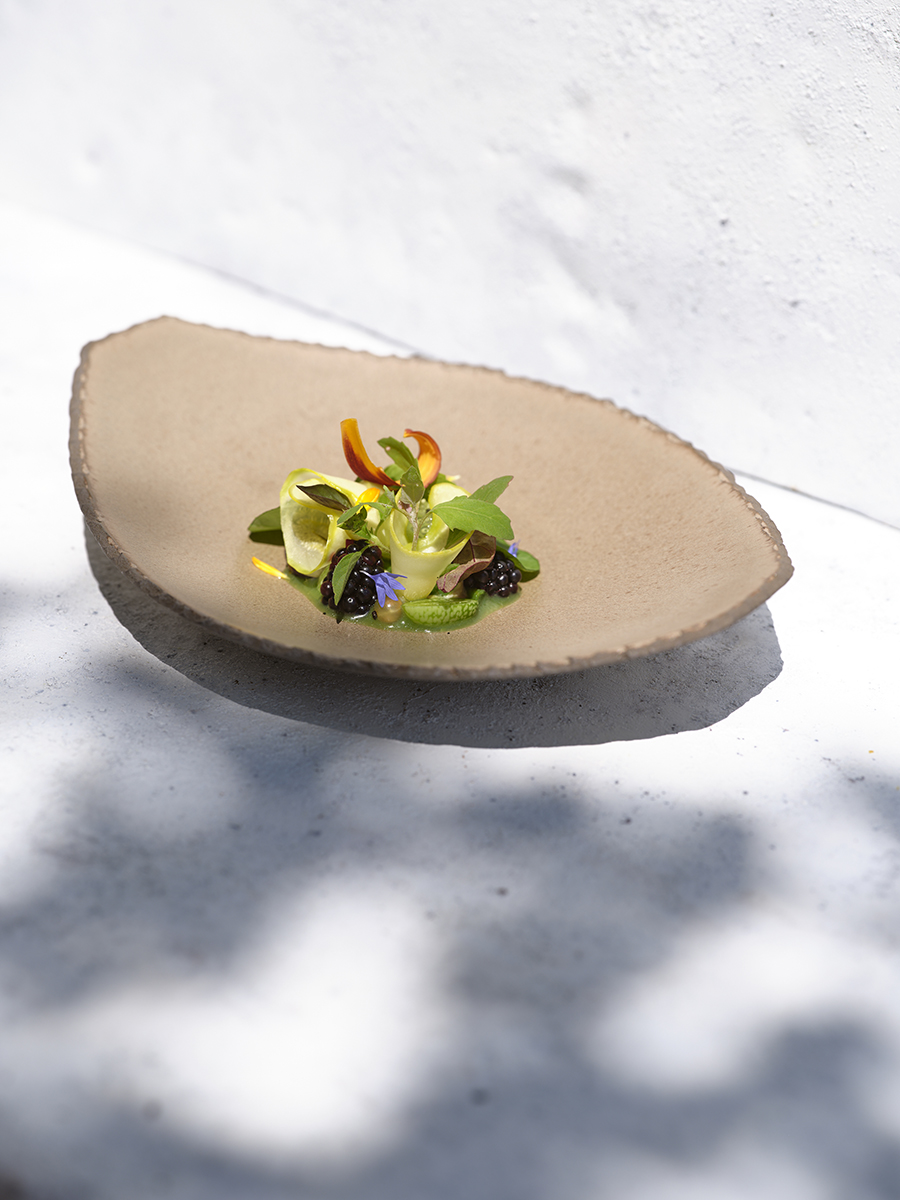
What have been your learnings so far?
My biggest learning has been resilience, adaptability and resourcefulness. To spend quiet moments of reflection away from the kitchen, reading and writing. To stay grounded and connected to your friends and family. Being a woman in a traditionally male-dominated industry comes with its own set of challenges but passion, support, determination, and a little luck can overcome those obstacles. I’ve learned to take risks, believe in myself and my team. And most importantly never give up – weather tough storms, dust myself off, and keep pushing forward.
What’s Slovenians traditional dish? And what’s the best seller in your restaurant?
I think the best Slovenian traditional dish is a dumpling filled with walnuts, raisins, cinnamon, lemon zest and bread crumbs. It is served with melting butter and golden toasted breadcrumbs on top.
At Hisa Franko, we have some beloved dishes, of course, but we prioritize creativity and surprising our guests with unexpected flavor combinations and seasonal highlights. For the Rendezvous dinners at Taj Mahal, we’ll be showcasing at least two of our signature dishes, but also incorporating local, fresh flavors throughout the 8-11 course meal.
“Sustainibility, originality, seasonality and working hand-in-hand with nature are some of the top global food trends.”
Tell us about global food trends?
The culinary landscape is constantly evolving, and new trends emerge all the time. Sustainability has become essential and is also the core principle at Hisa Franko, being a Green Star restaurant. Other trends that I see are originality, seasonality and working hand-in-hand with nature. At the end of the day, diners want great taste, but also an ethical, thoughtful experience.
The global trends that you find interesting?
Precisely the one that works on sustainability.
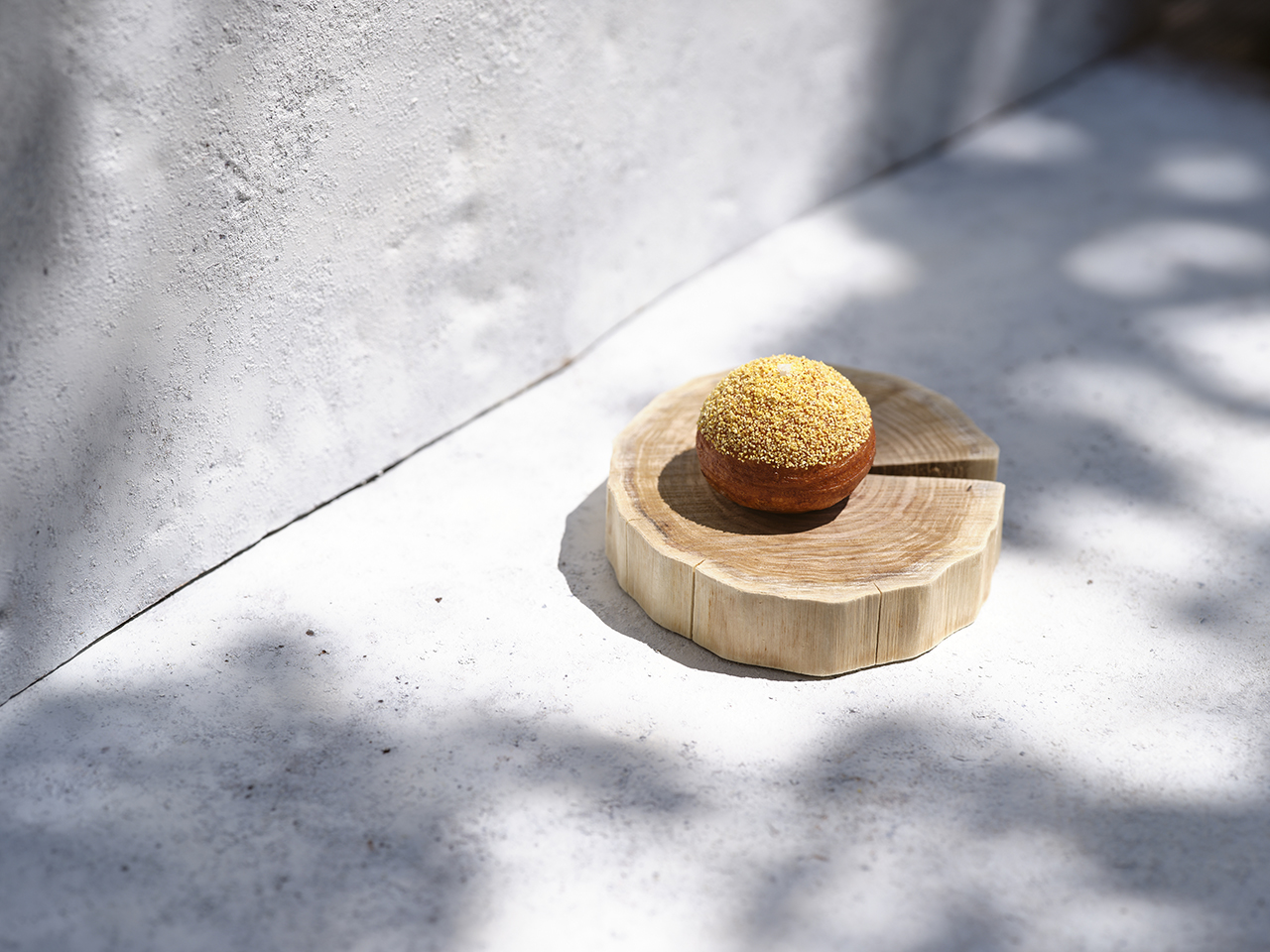
What are your thoughts on Indian cuisine?
I love that the Indian cuisine is super loyal to itself – even if you go to a fine dining restaurant you can feel the local accents. And also the diversity it offers, you can right away identify whether the cuisine is from North India or South. It means that it respects the legacy of the place which I really respect. And let’s not forget the spices! As someone who loves infusing spice into my own cooking, I have great admiration for the complex layers of flavors achieved in Indian food. I really like the Indian flat breads – their variety and different textures, and tastes.
Have you brought along some local Slovenian ingredients for this special cook out in India?
We try to use as many micro-local ingredients as possible. For our Rendezvous dinners at Taj Mahal, we brought some ingredients with us but sourced a lot of ingredients from the New Delhi spice market Khari Baoli and wet markets.
“I love fruits for their versatility, allowing them to play starring roles as main courses, transformed into unexpected sweet or savory dishes, or adding pops of flavor and contrasting textures as accompaniments.”
Any favourite ingredients to work with?
When it comes to ingredients, my heart belongs to the fresh and local bounty that nature offers. I love highlighting what’s growing right in our gardens at Hisa Franko. I love fruits for their versatility, allowing them to play starring roles as main courses, transformed into unexpected sweet or savory dishes, or adding pops of flavor and contrasting textures as accompaniments. Spices are another favorite. Though not local to Slovenia, spices allow me to add amazing depth, aroma and complexity to my dishes.
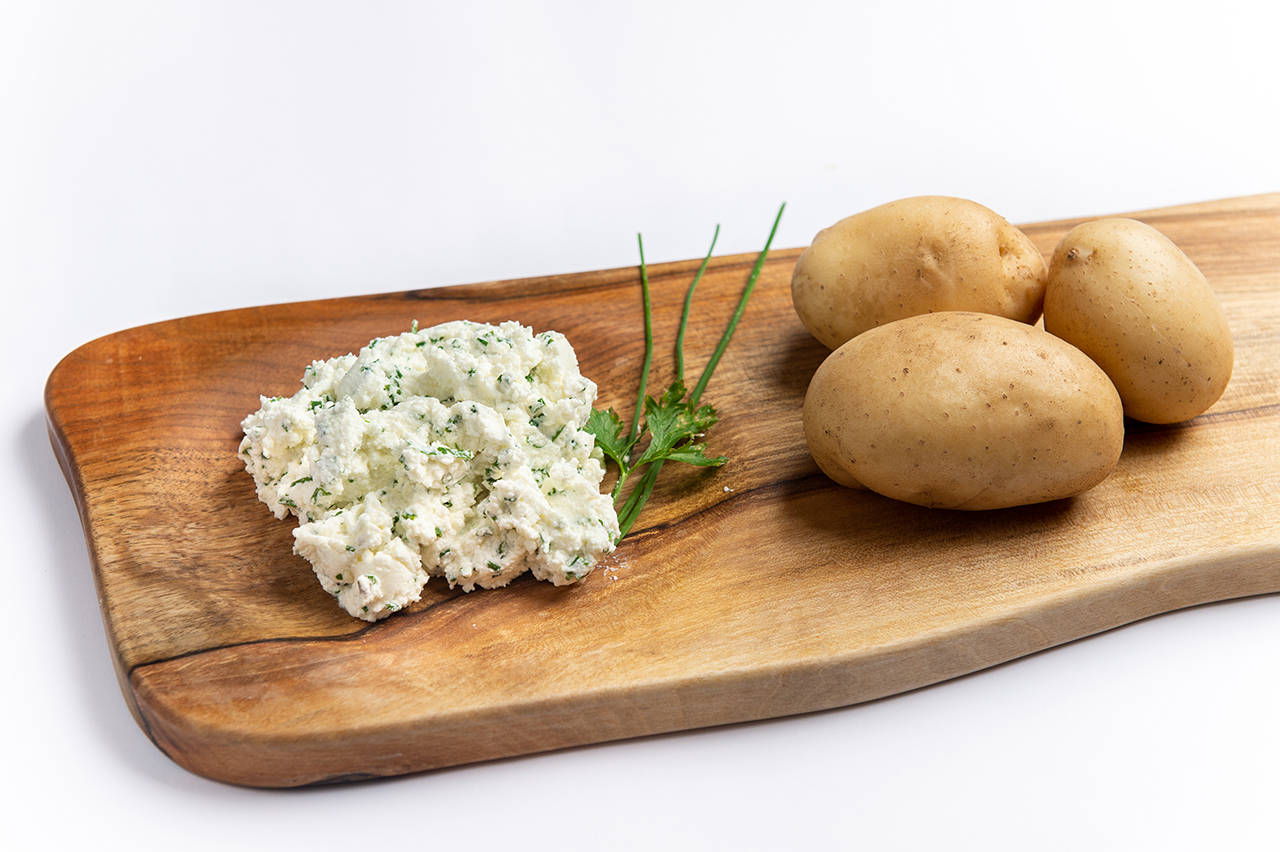
Do you like incorporating fusion with other cuisines?
At Hisa Franko we experiment with every single dish with something that makes your head travel through different places I have seen through my own travels. Though overall we remain loyal to our local ingredients and produce, we bring in an element of surprise with ingredients like spices. I like spices – chilies for example; Slovenia has been in the spice route between Vienna and Venice. Our feet are grounded to local environment, and our heads are flying across the world!
The new generation of chefs is very competitive. Does that affect you in any way?
It’s wonderful to see the new generation of chefs making their mark. The emergence of young, adventurous chefs keeps the culinary landscape dynamic, pushing us all to evolve our craft. Witnessing the passion and talent of chefs at the Taj Mahal, both young and experienced, has been incredible.
As for me, competition has never been the focus. My primary focus has always been crafting delicious food and creating memorable experiences for my guests. Their happiness, not competition, is what drives me in the kitchen. I’m always happy to see new talent, especially more women in this field. We have so much to learn from each other, regardless of age or background.






